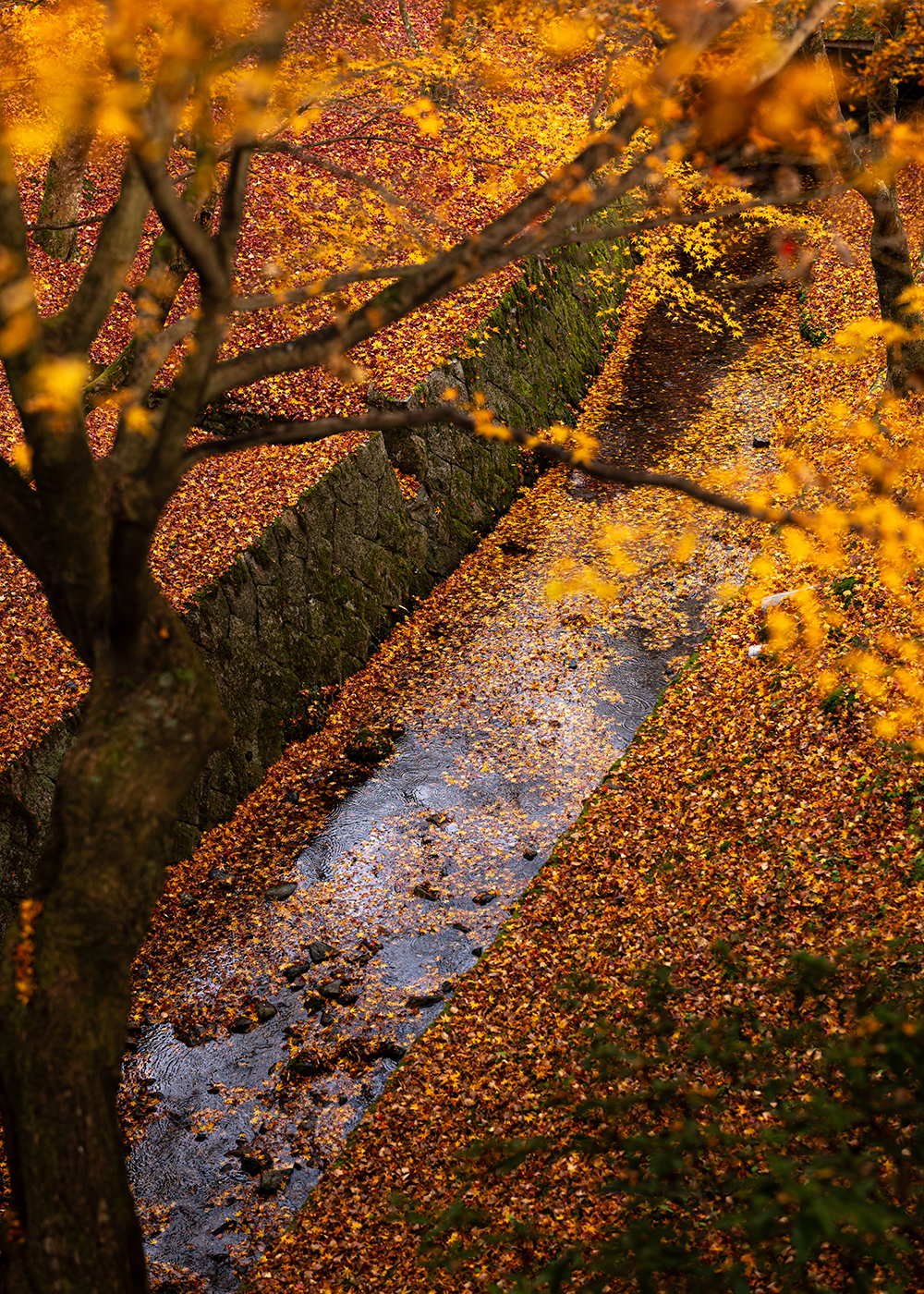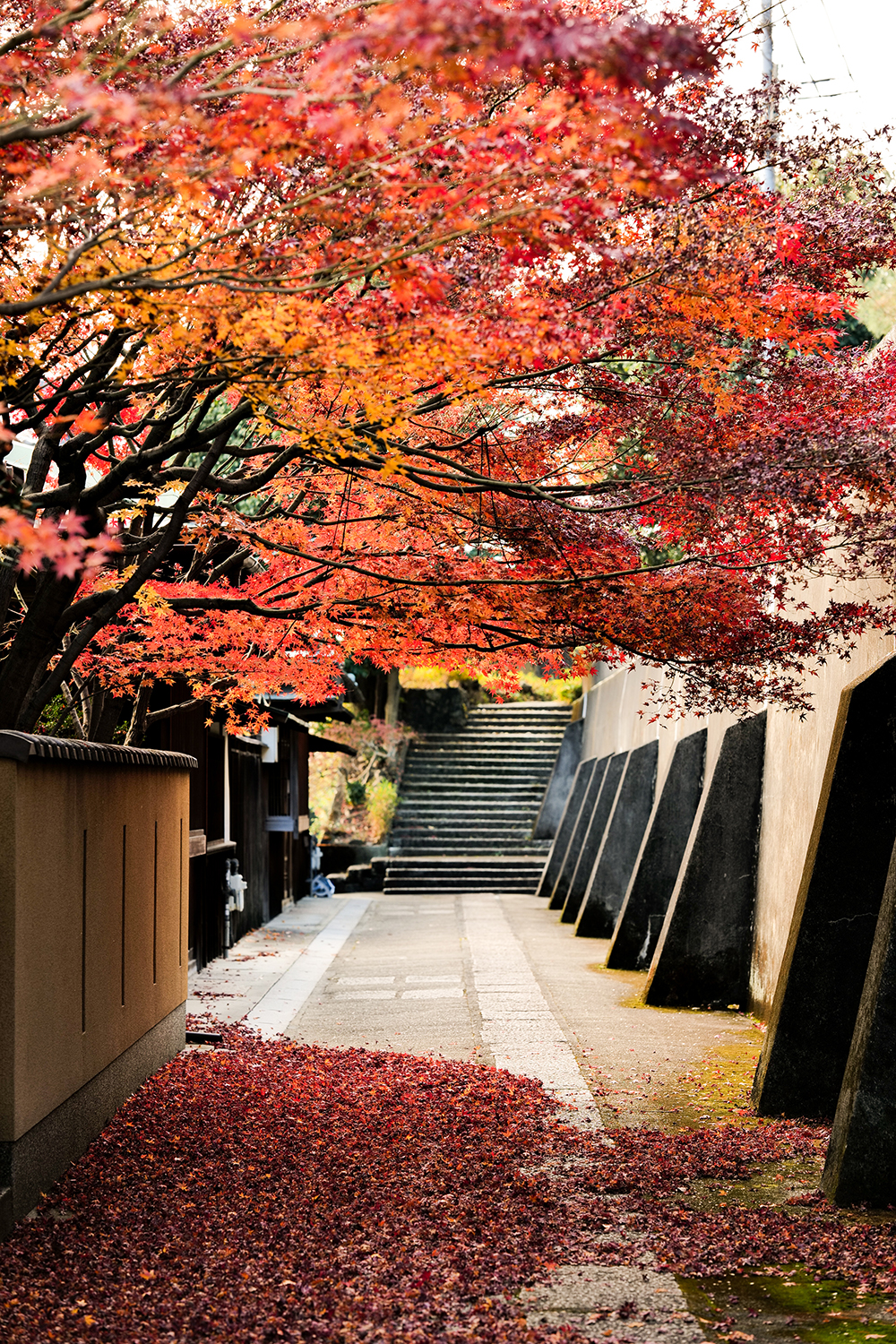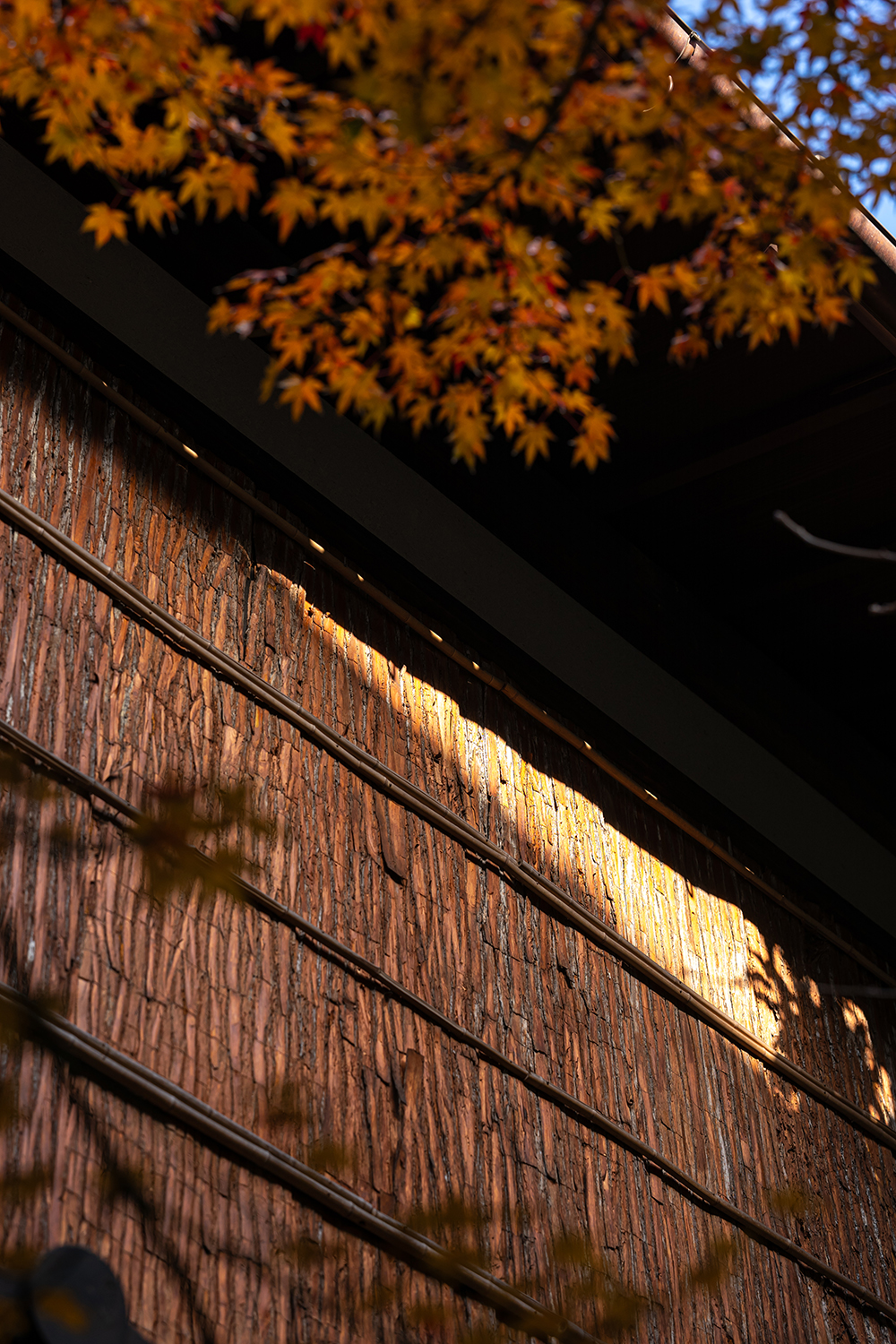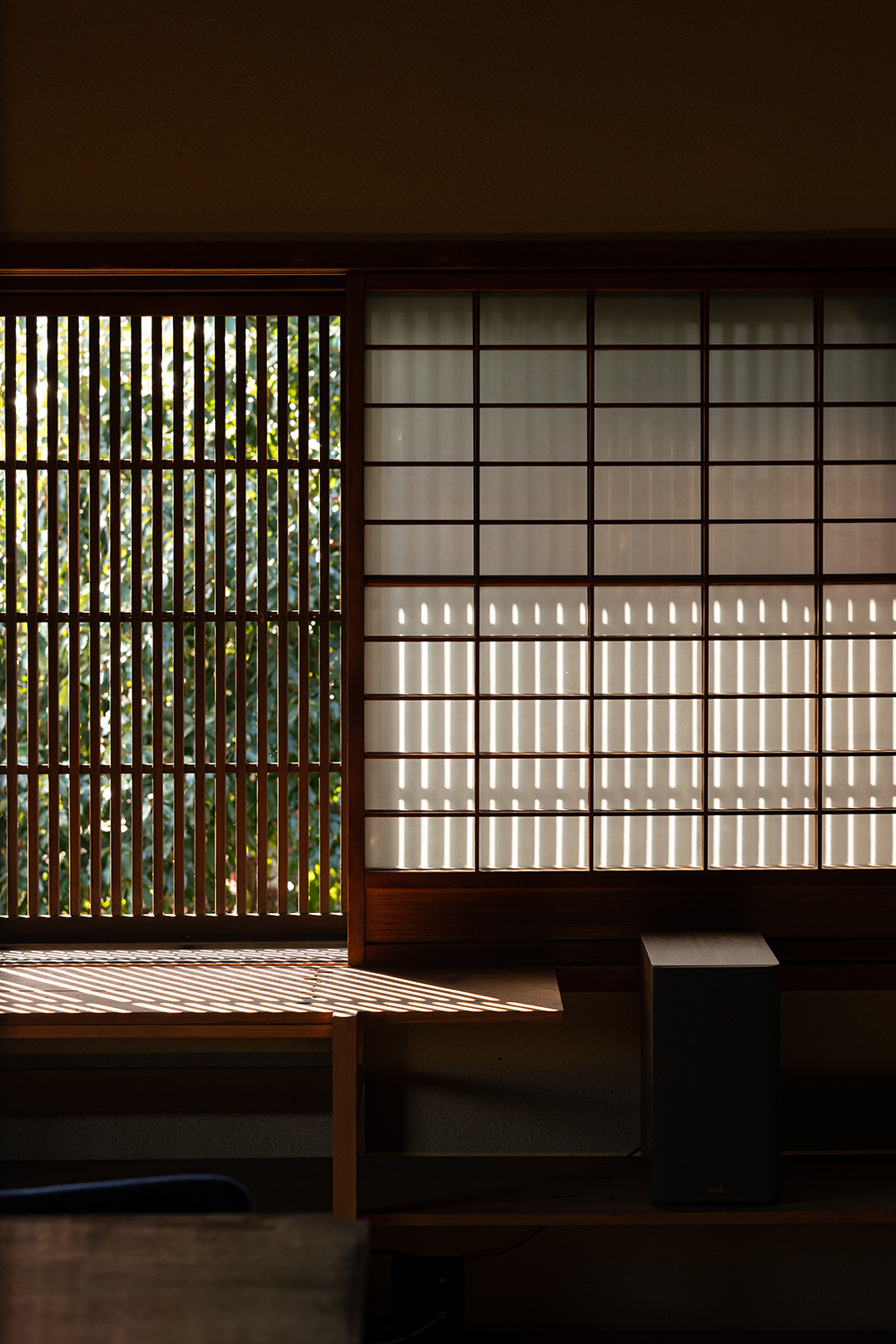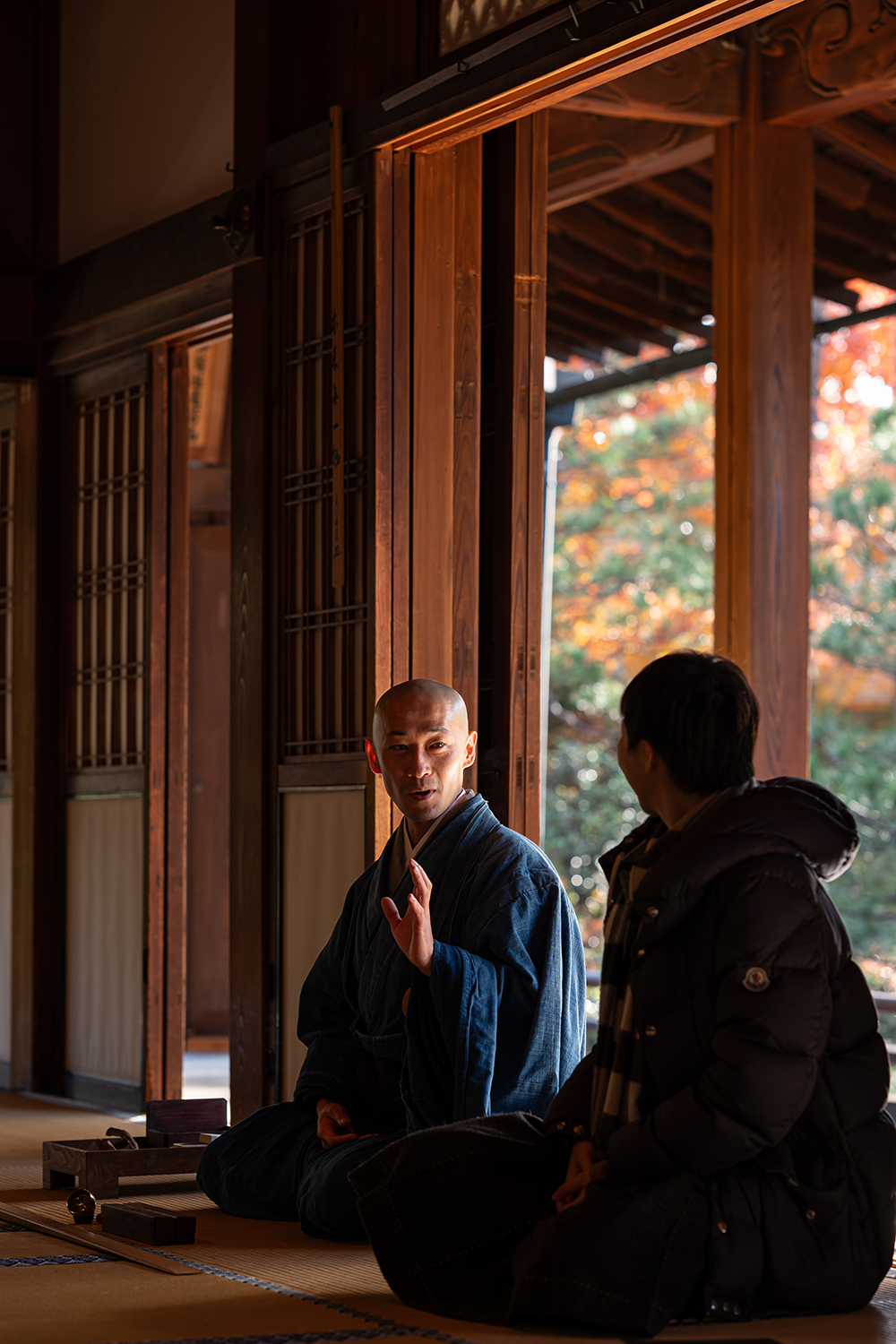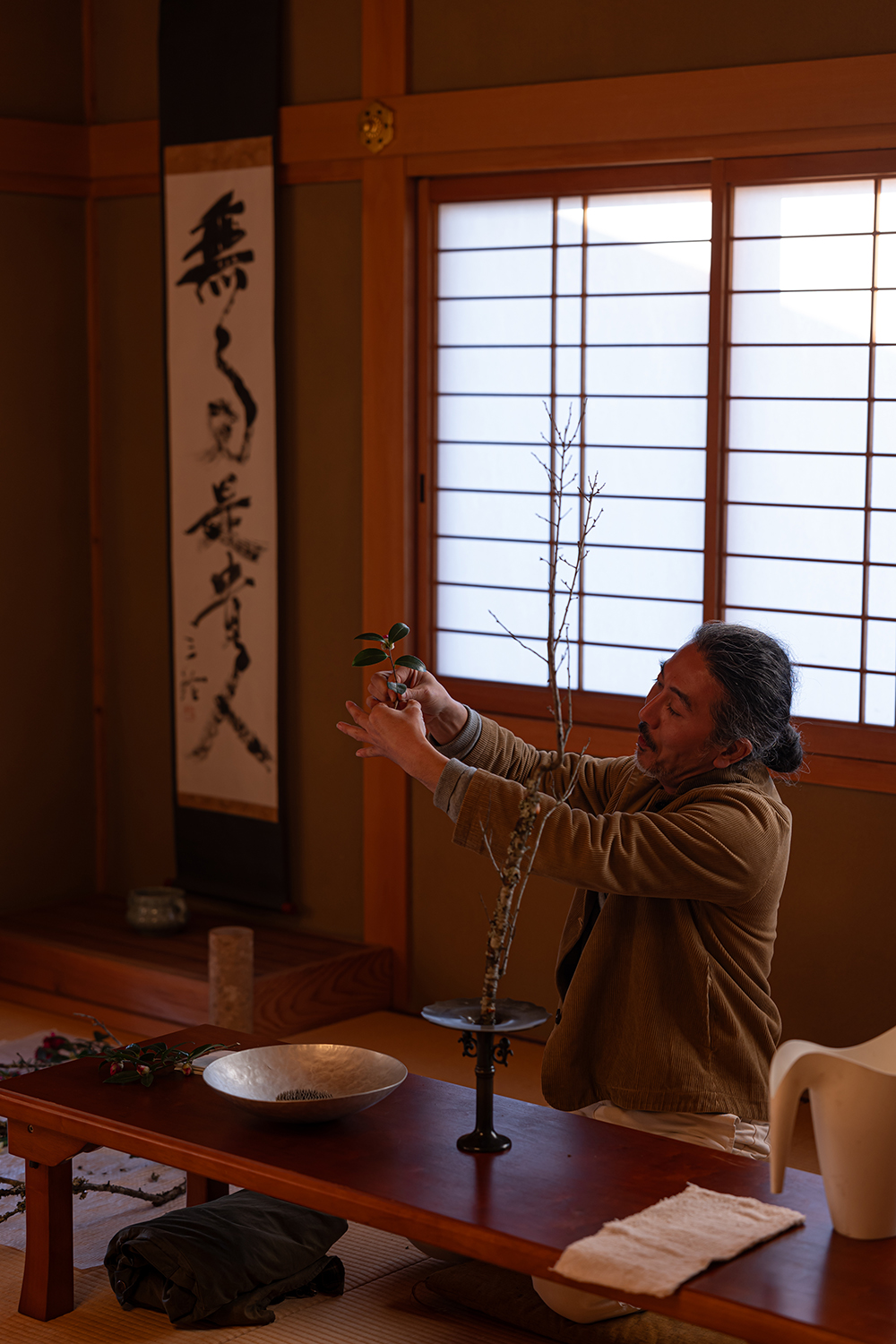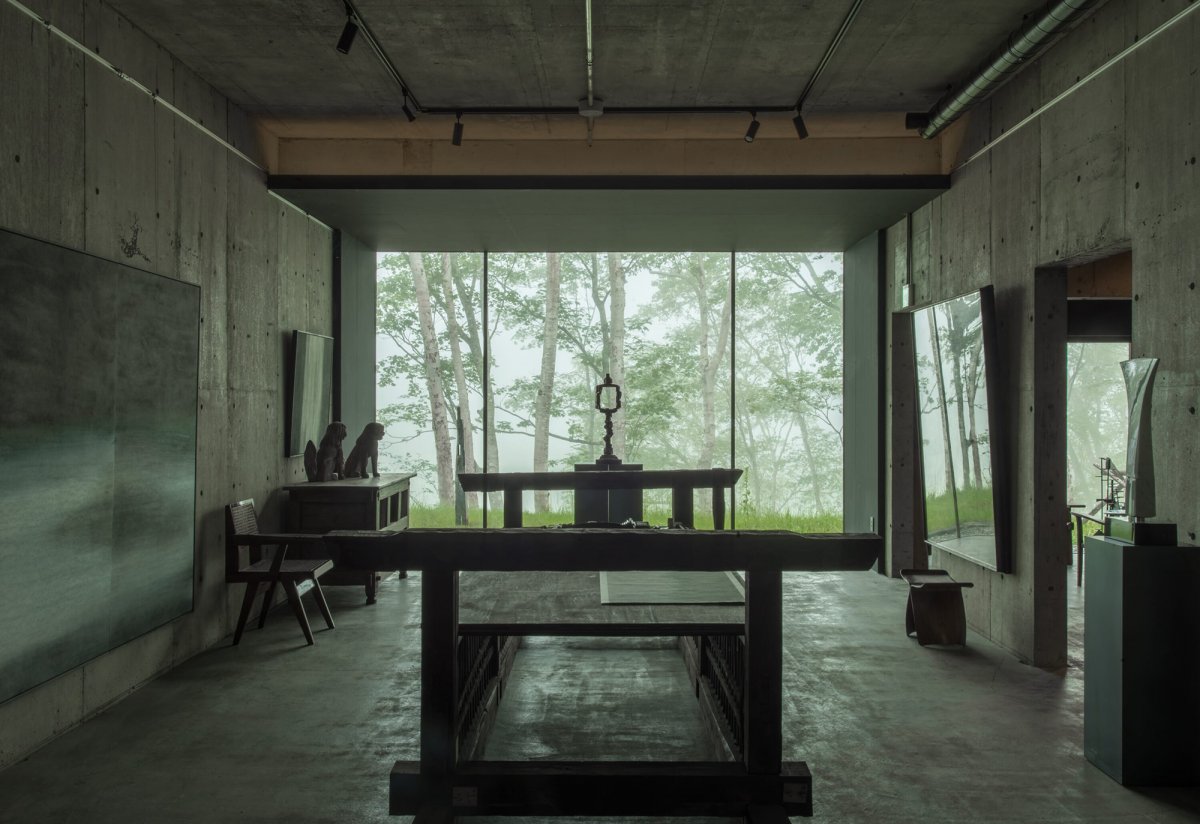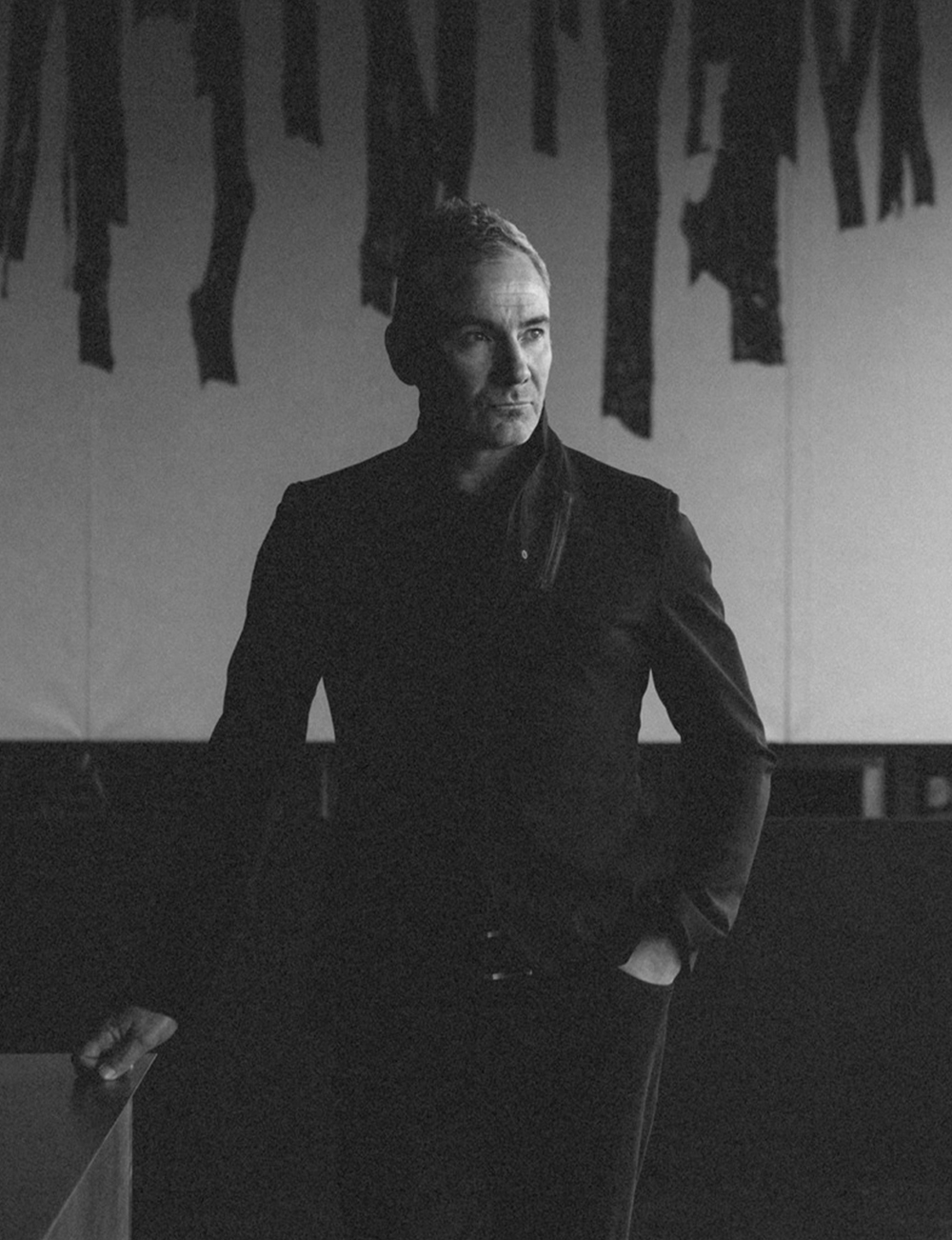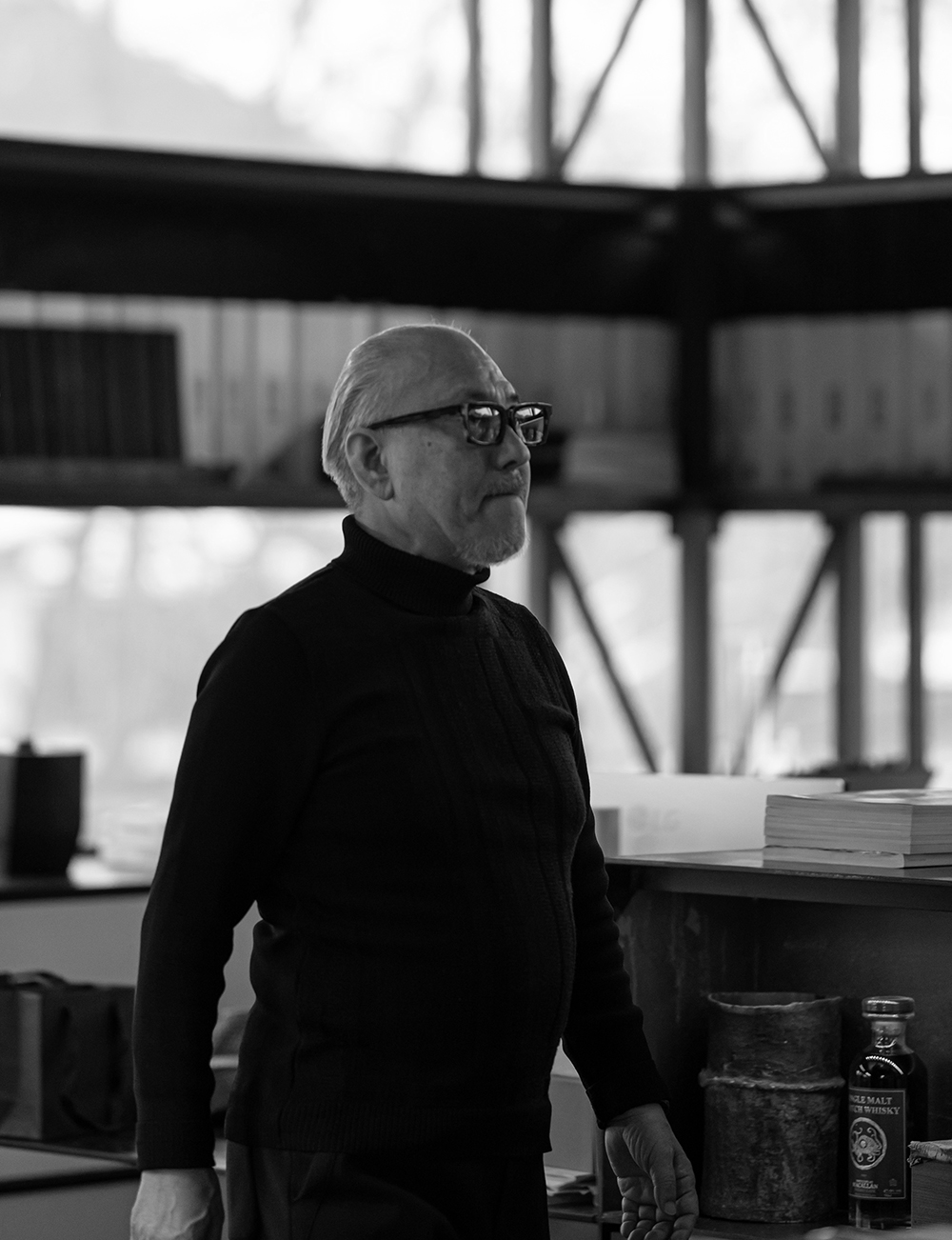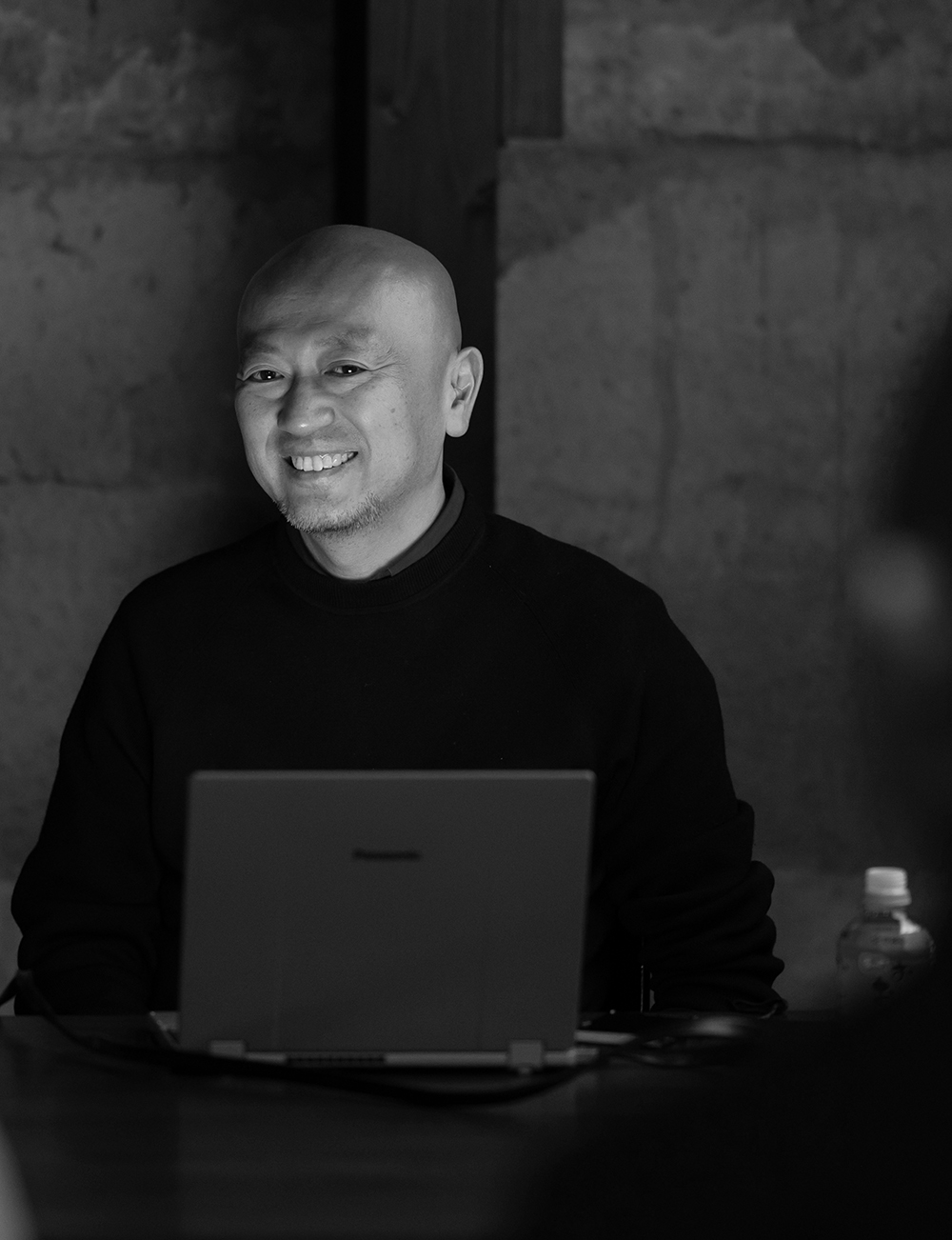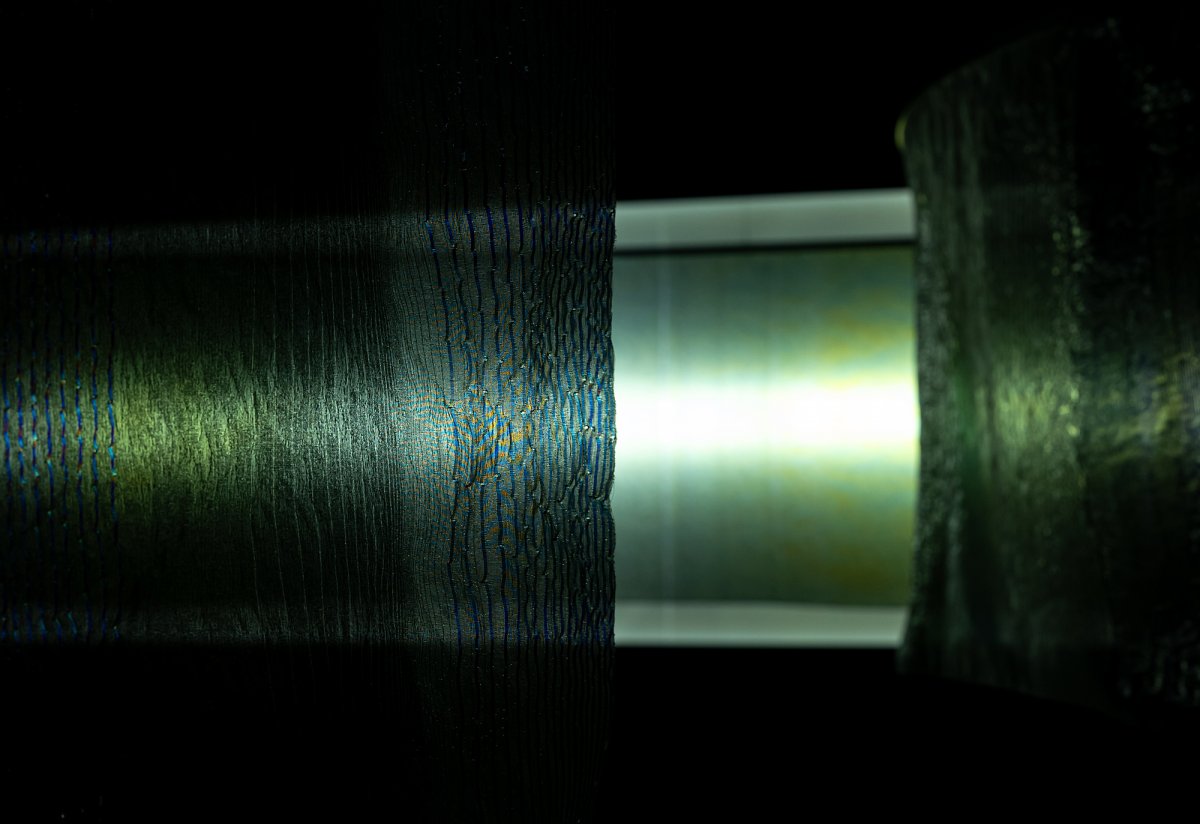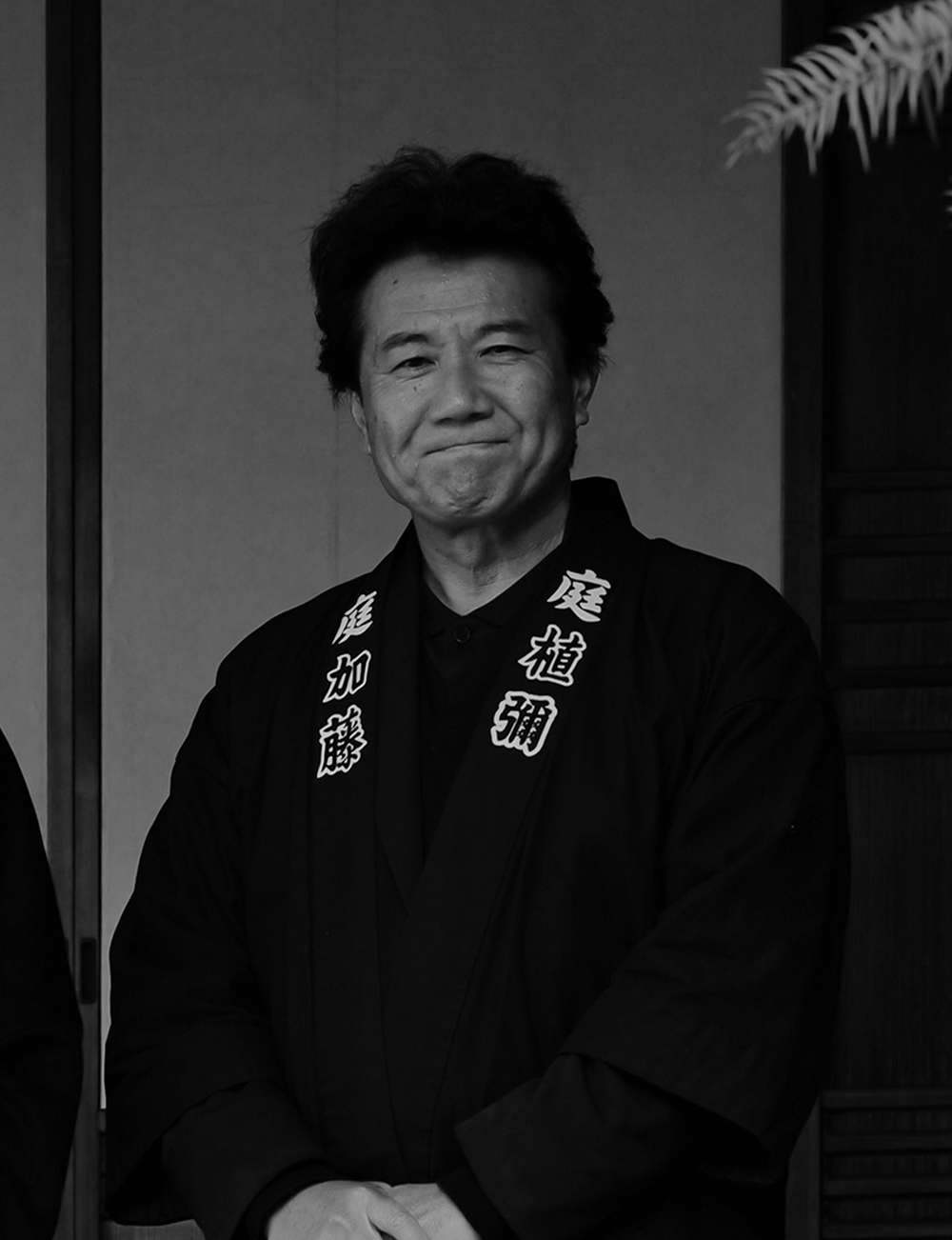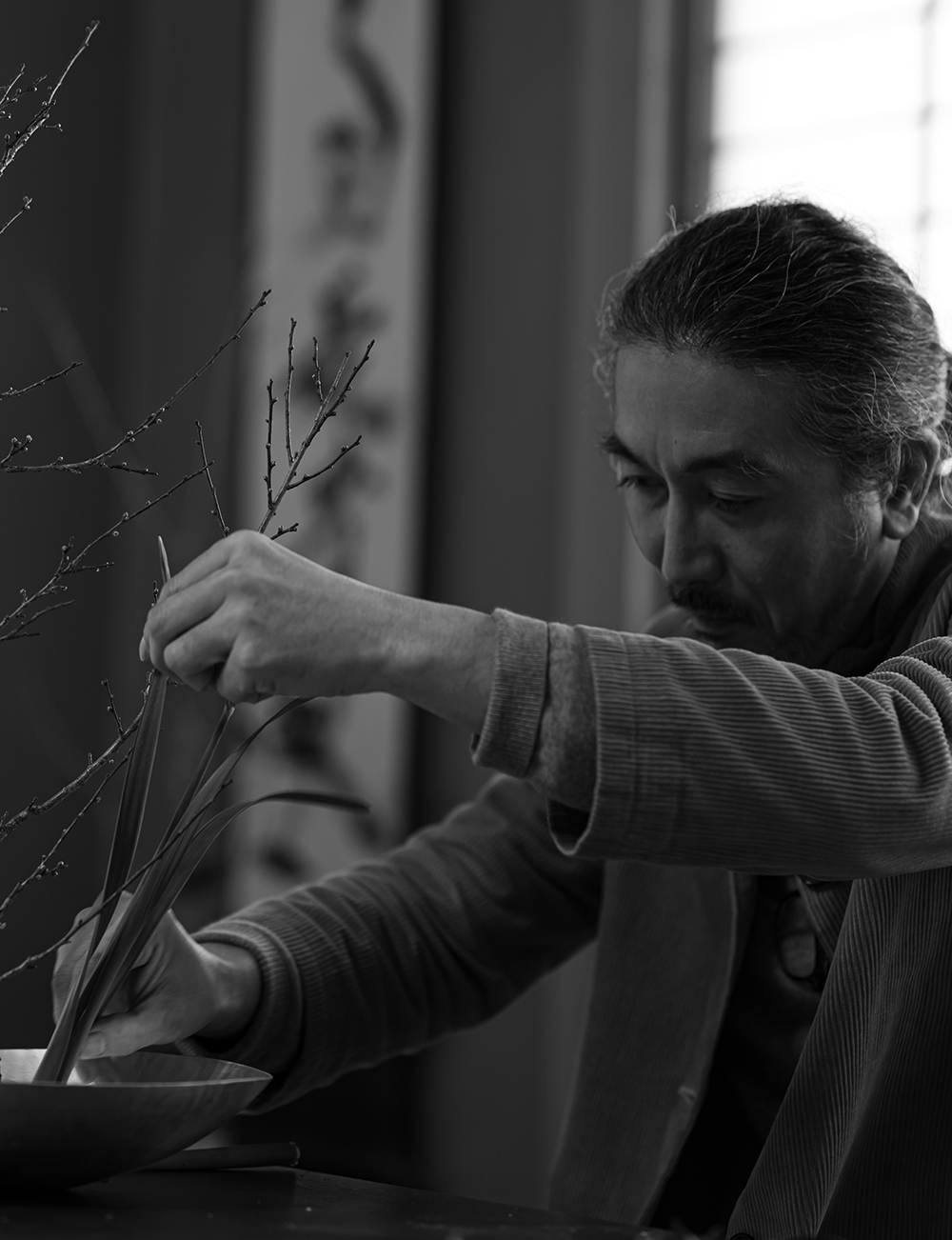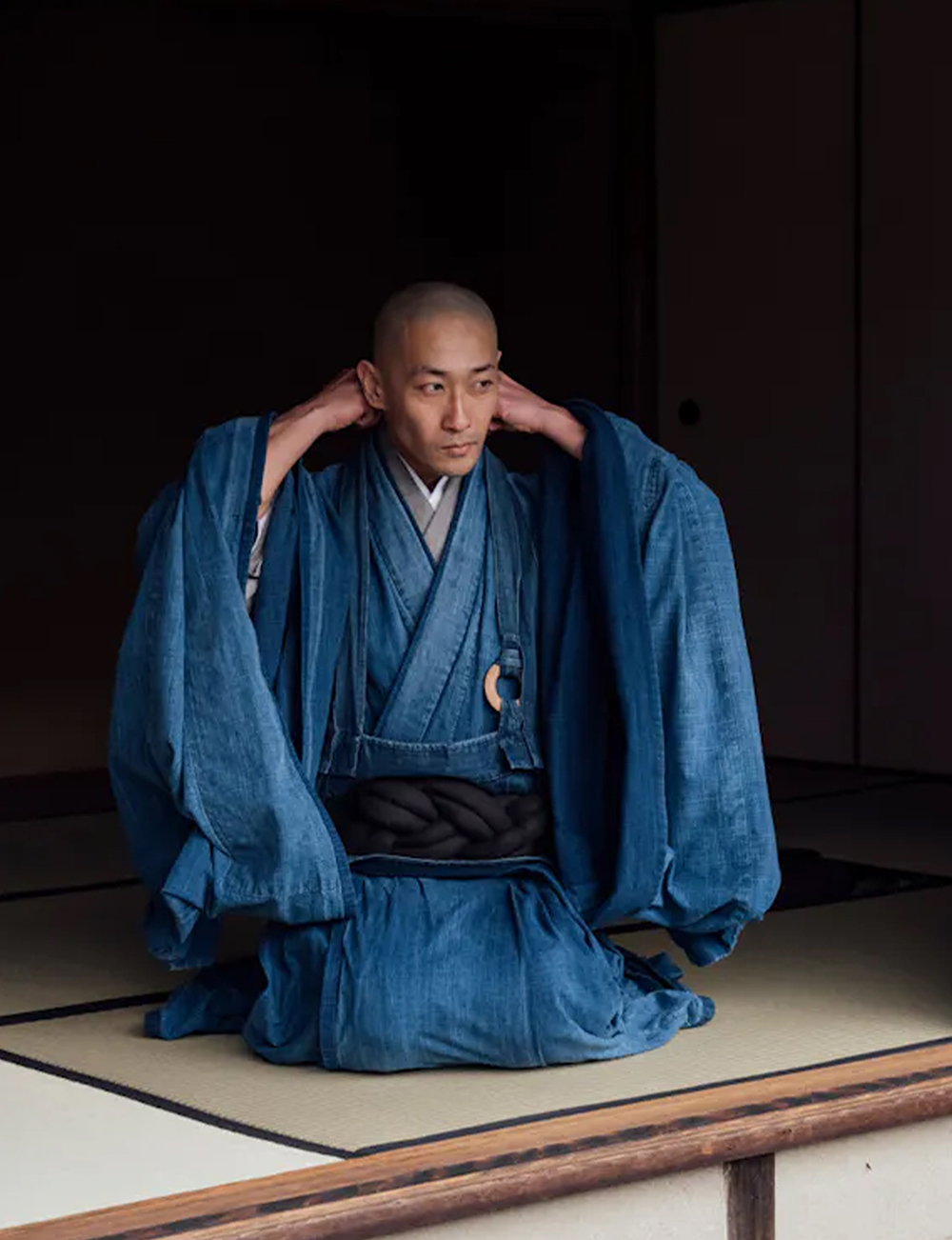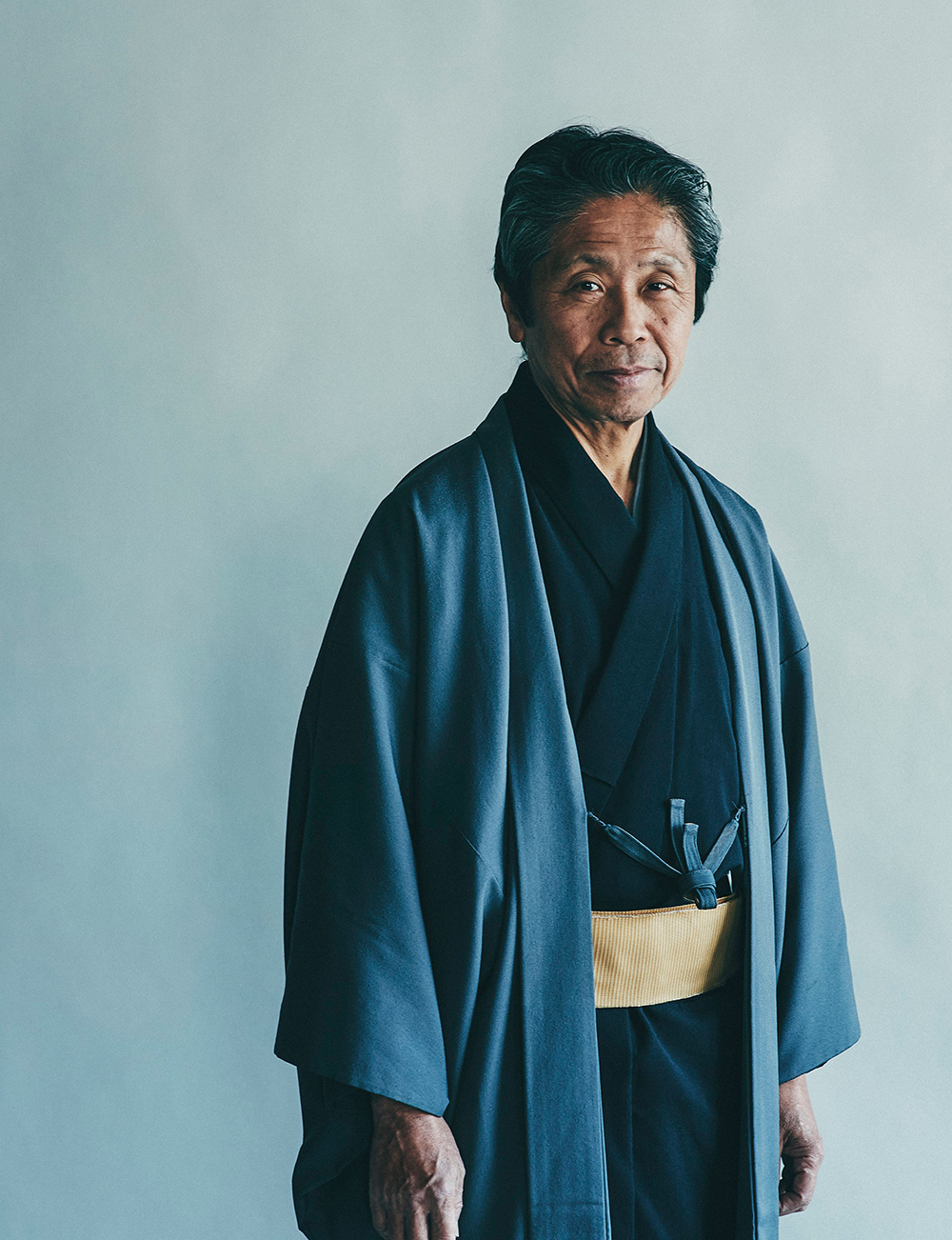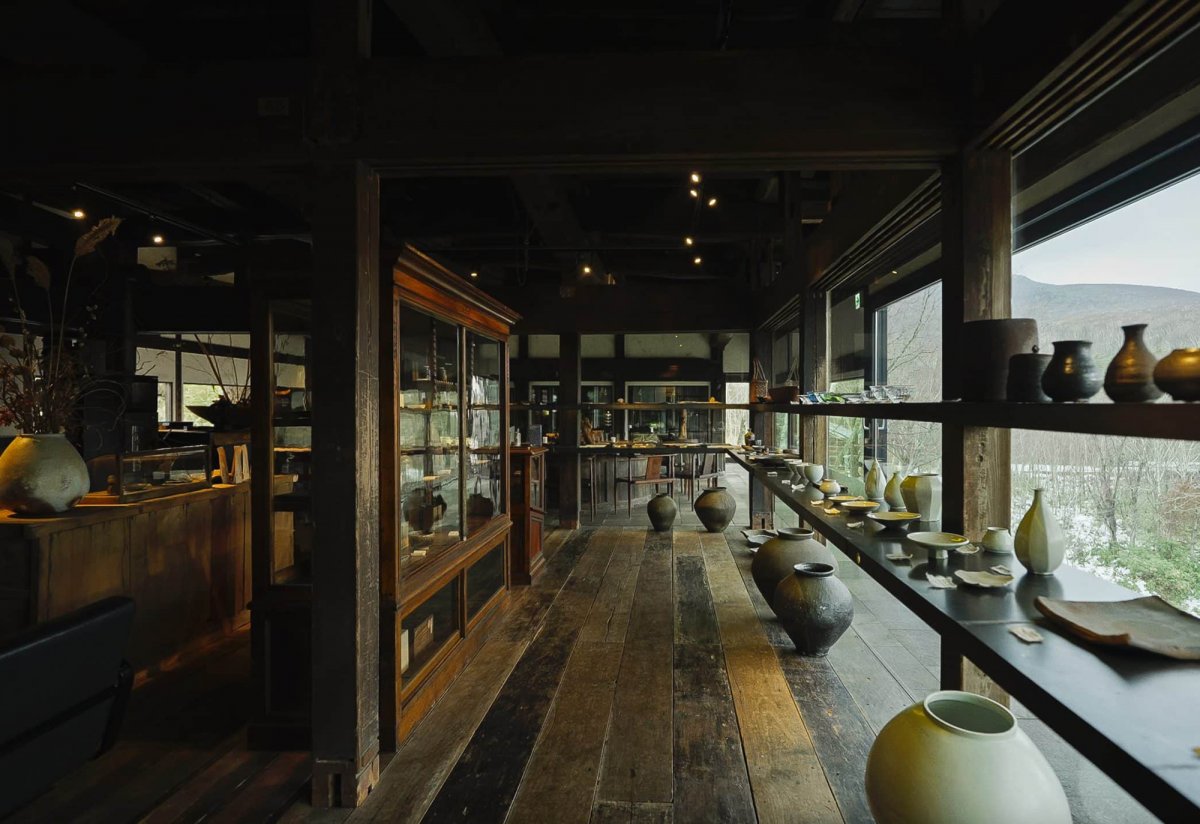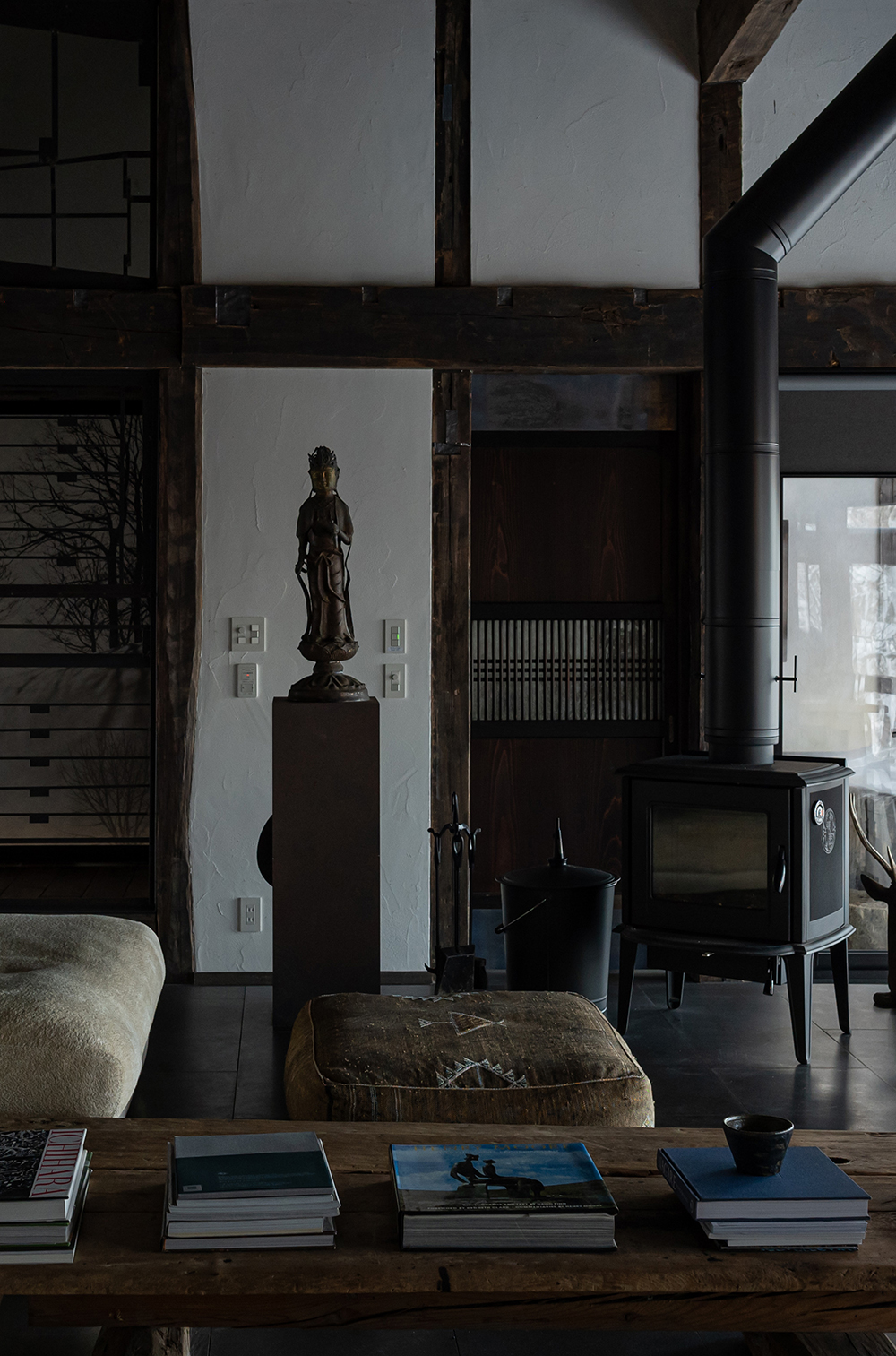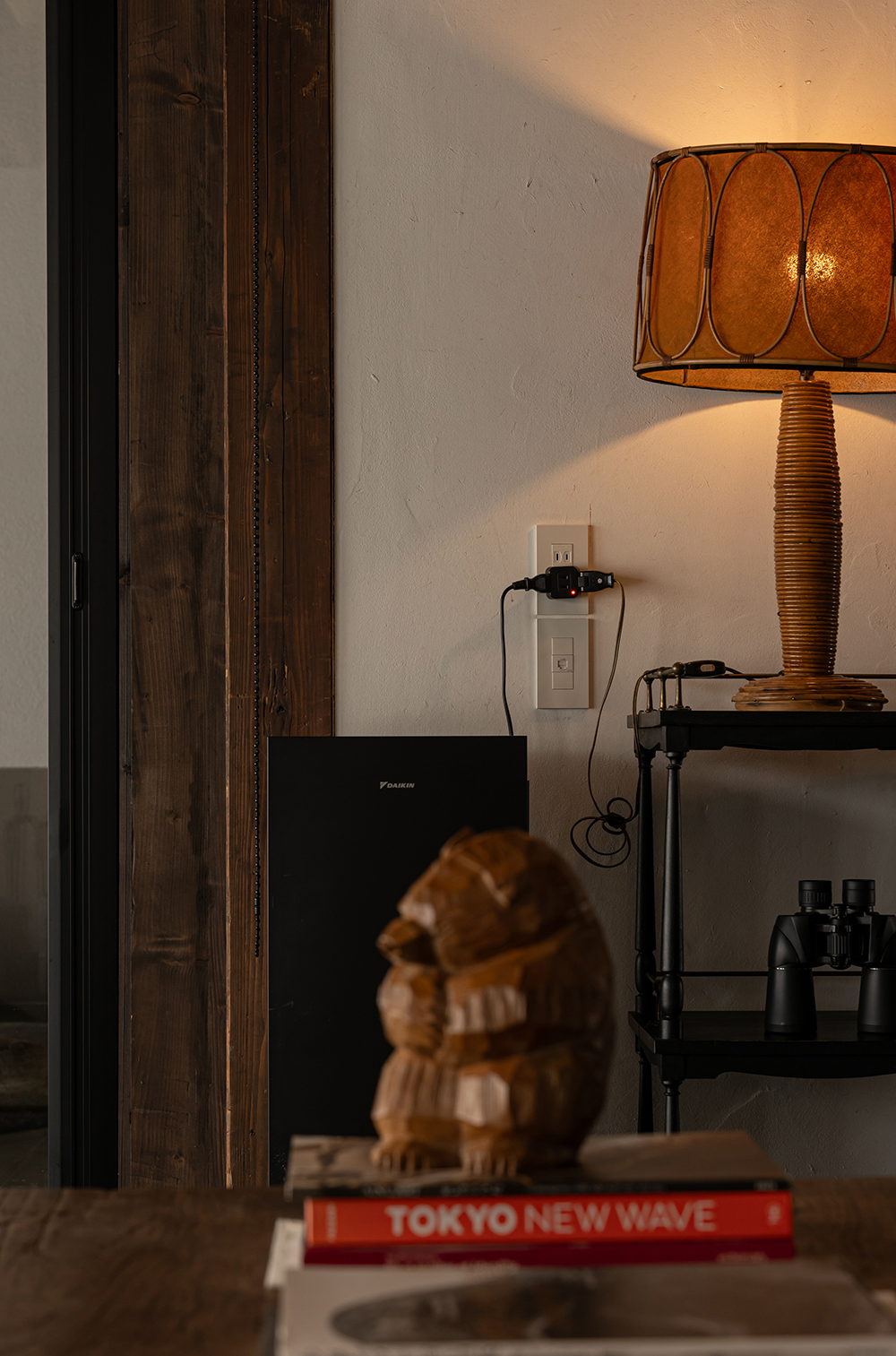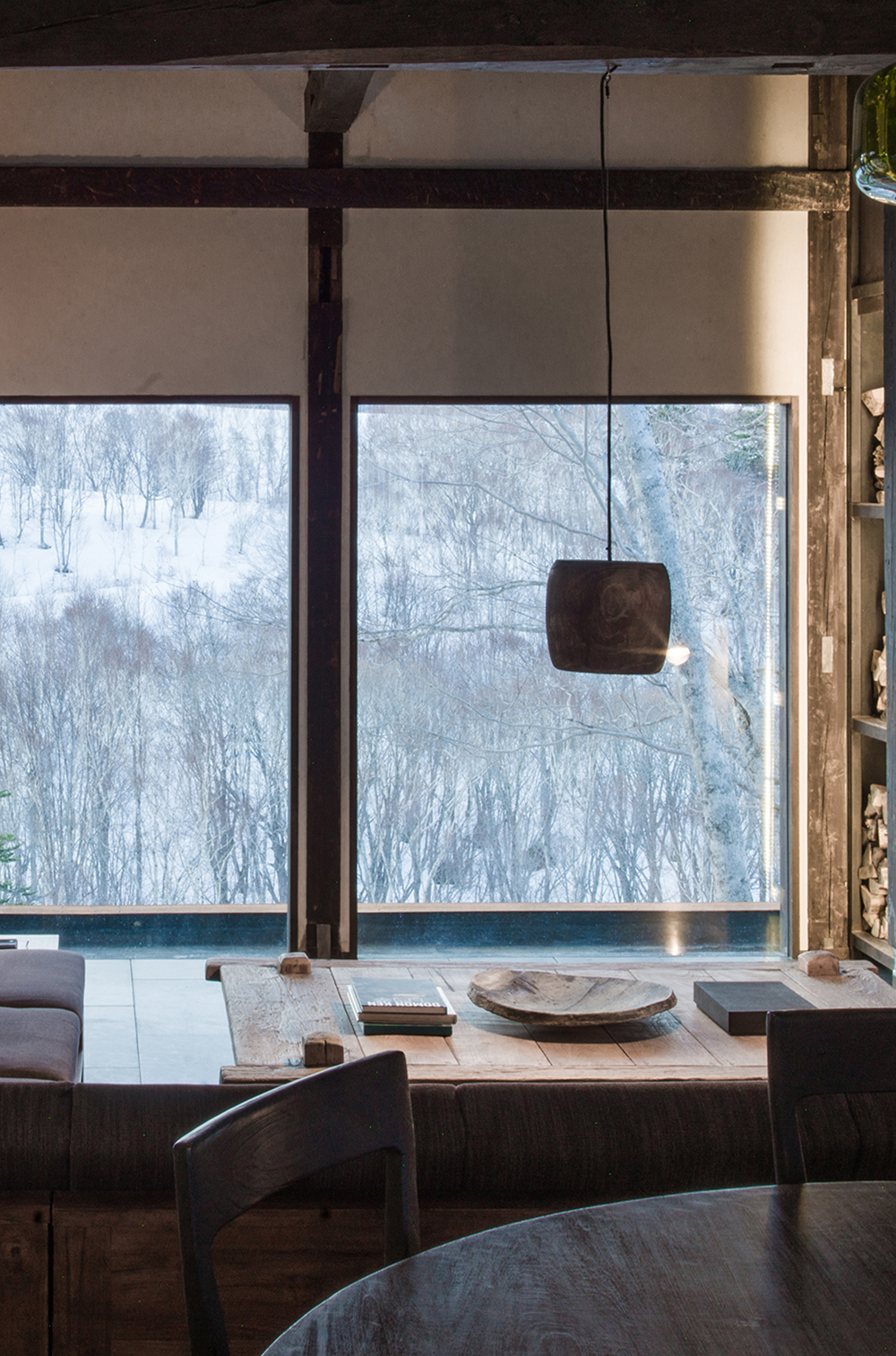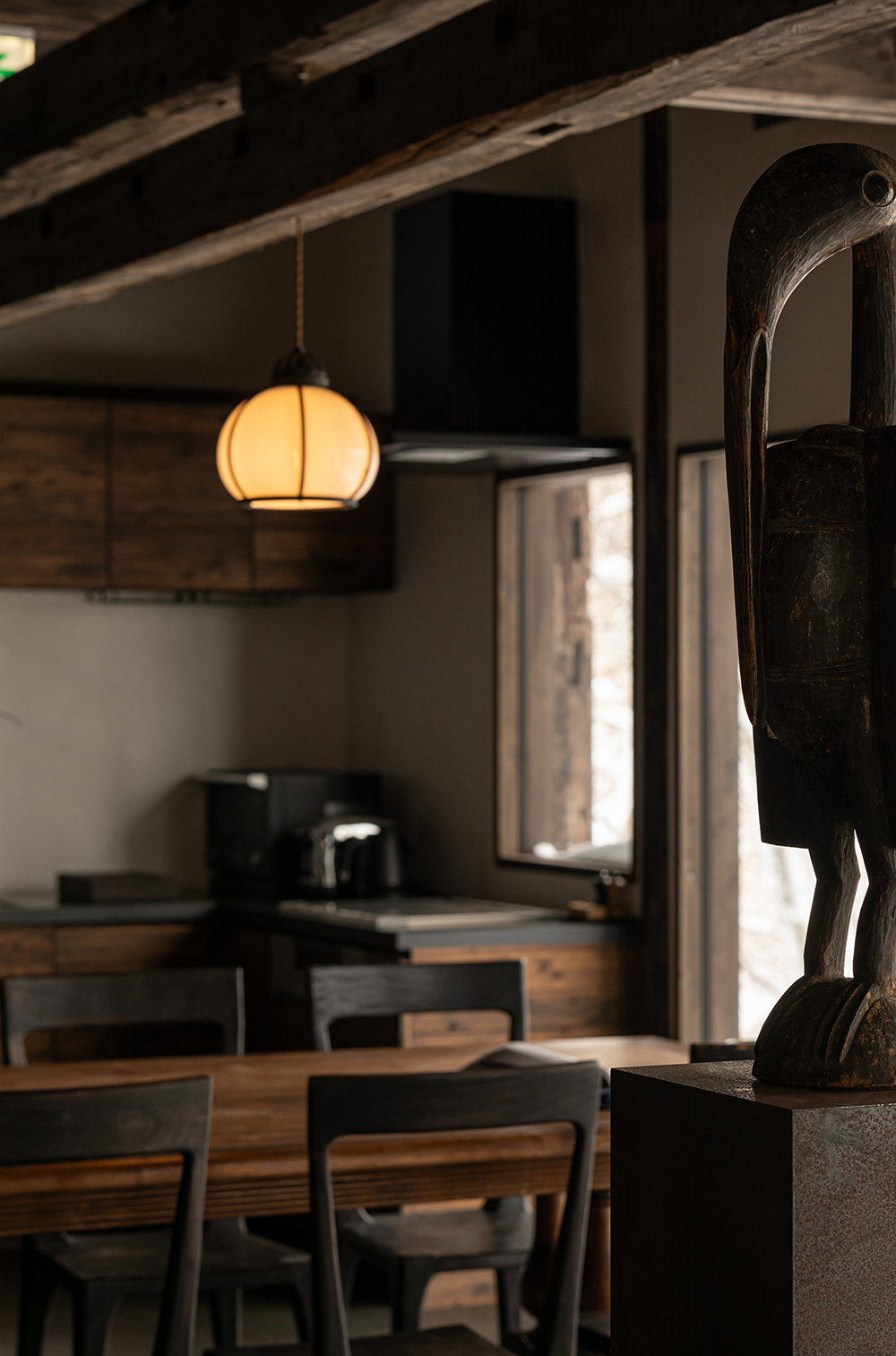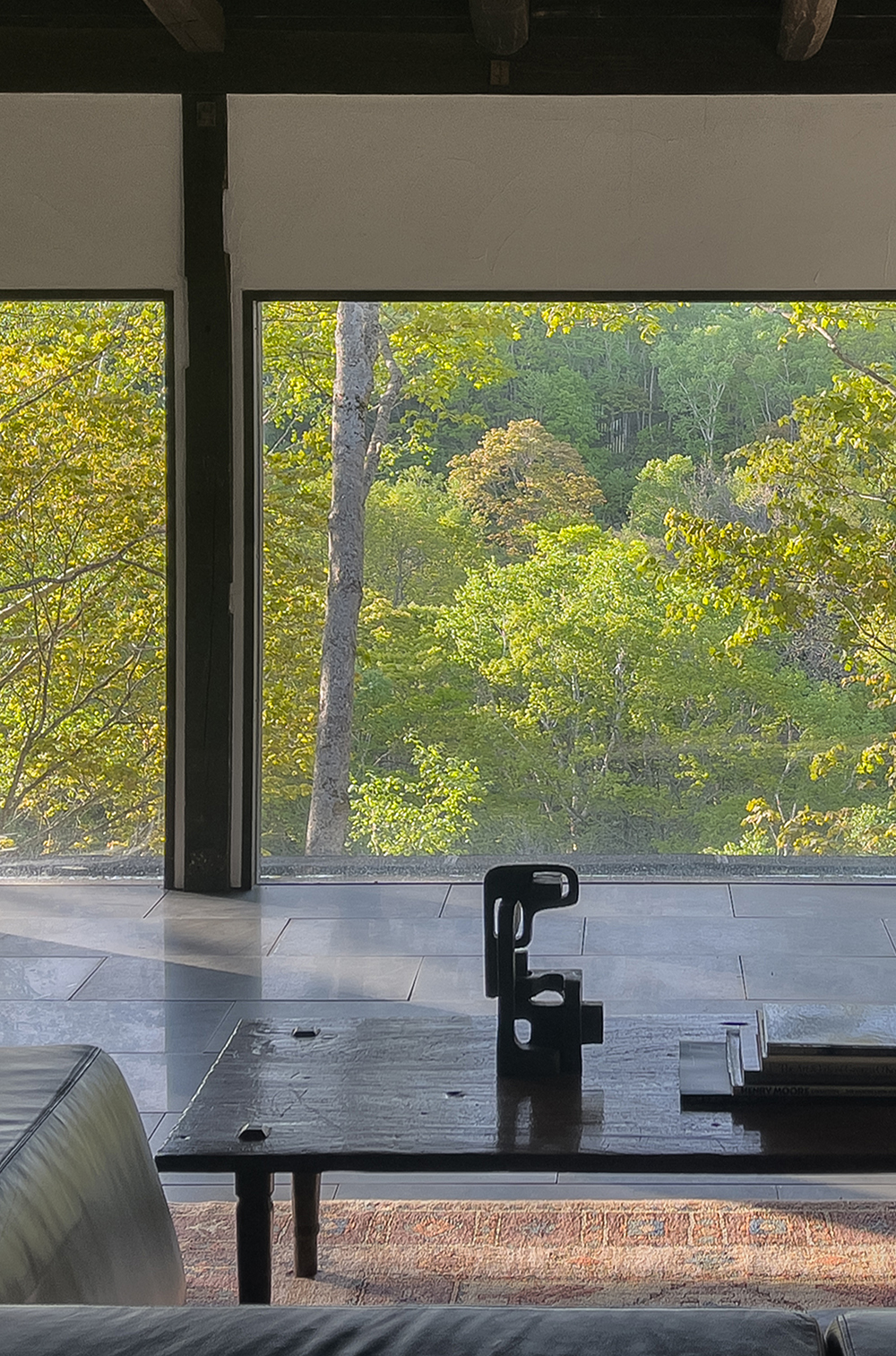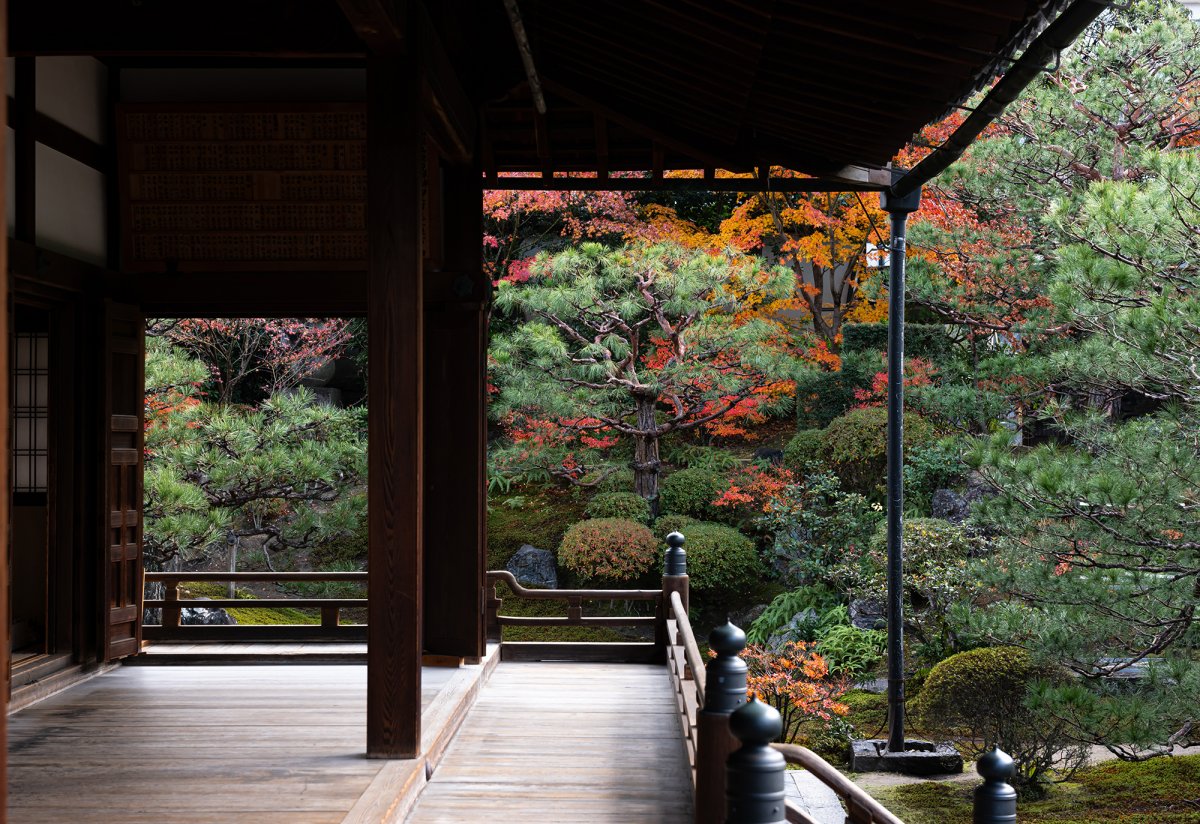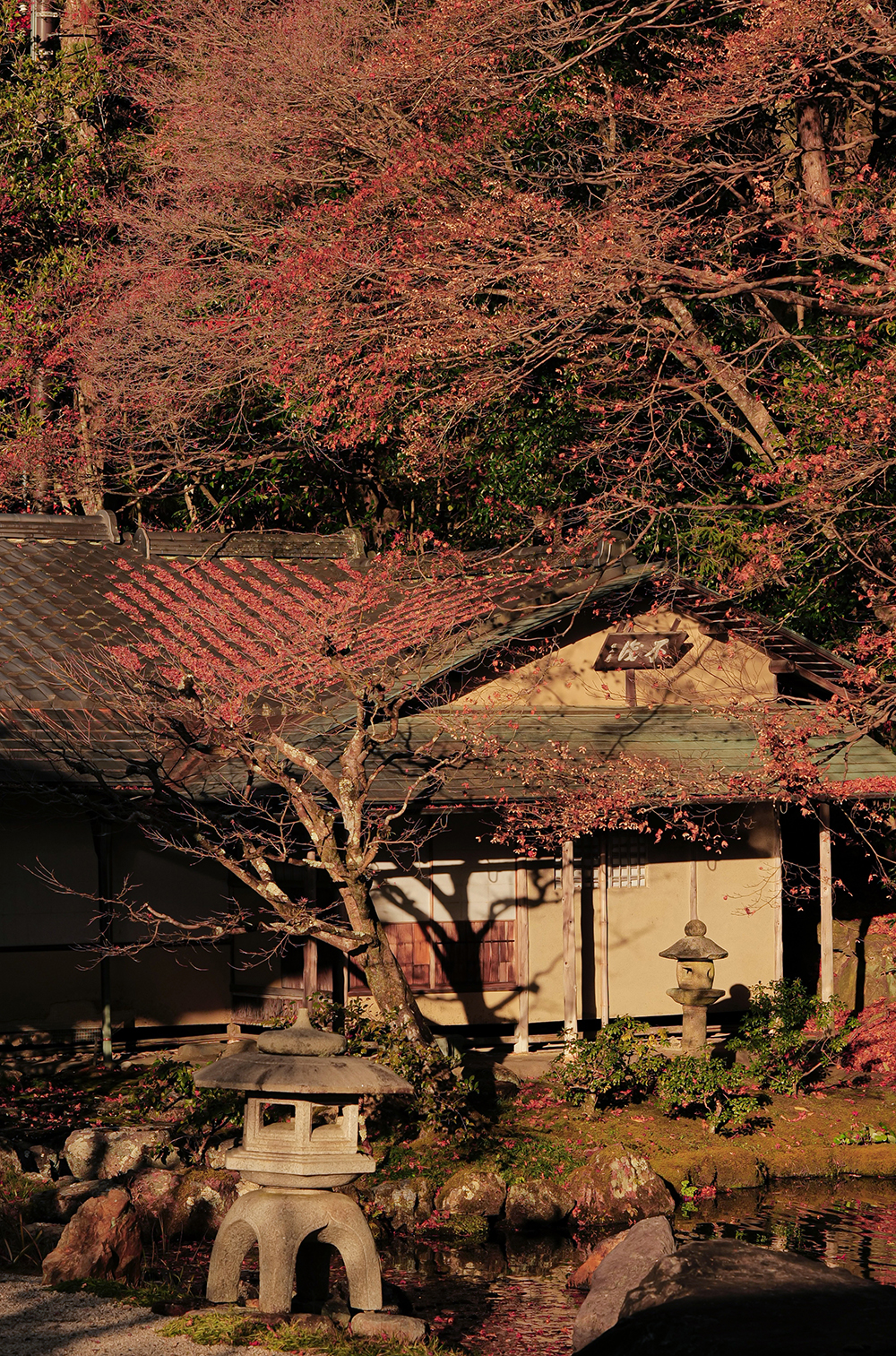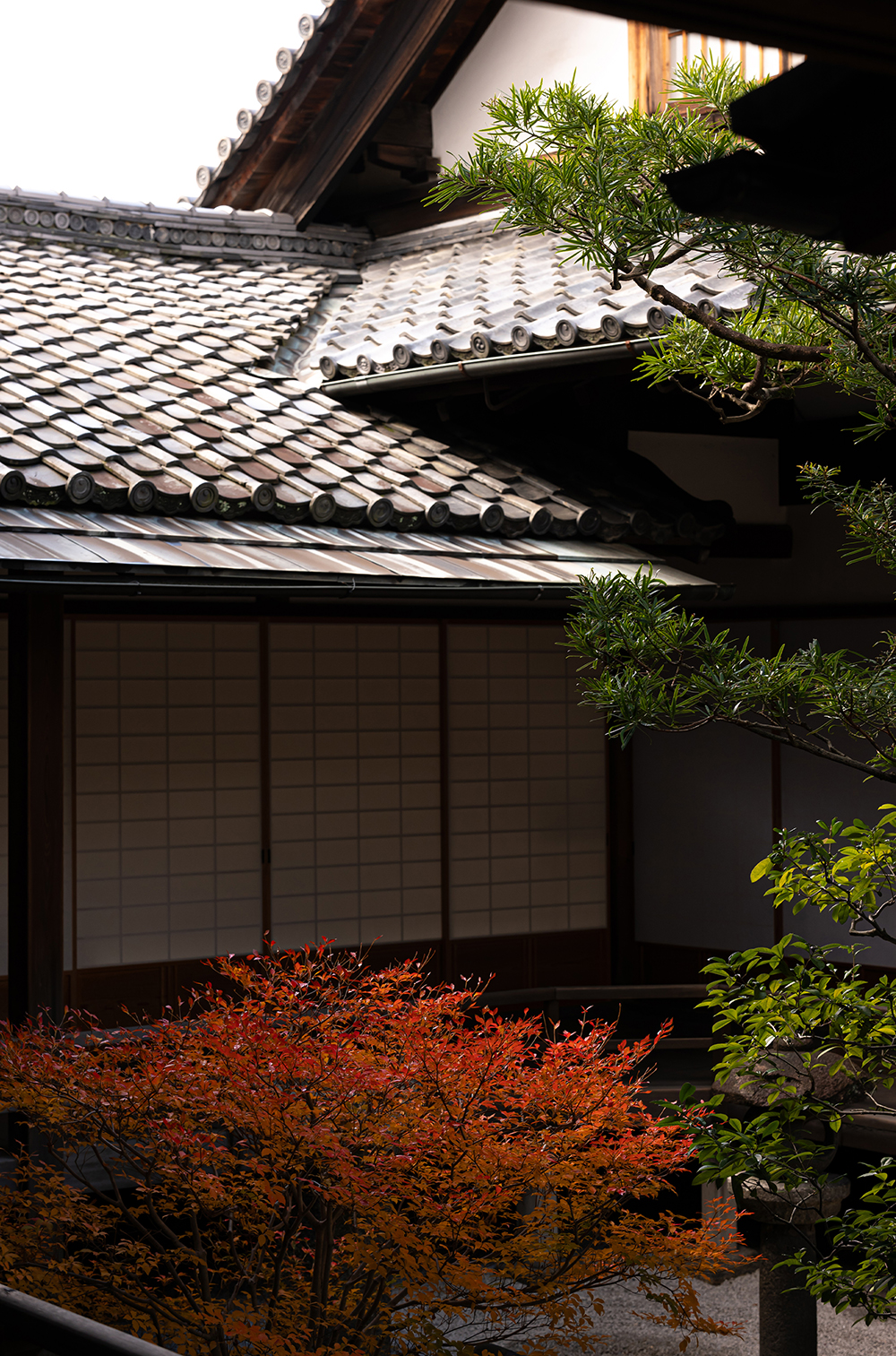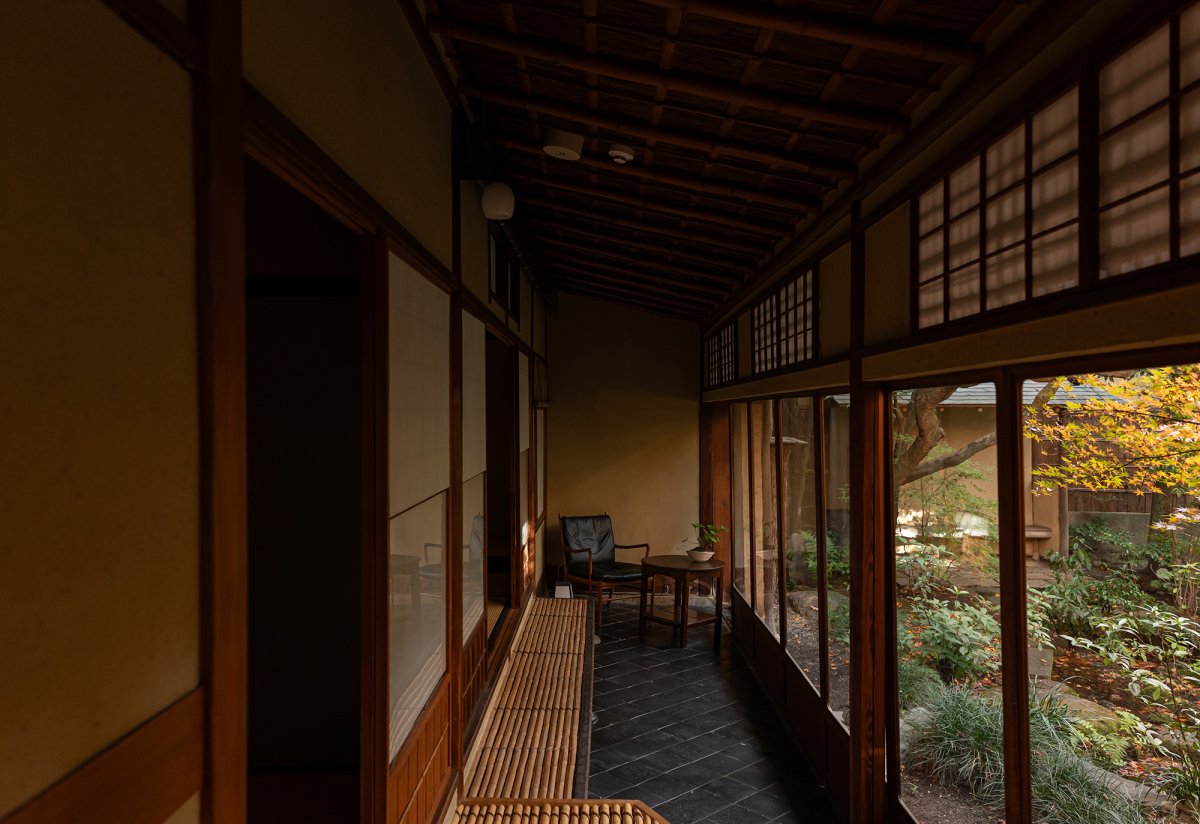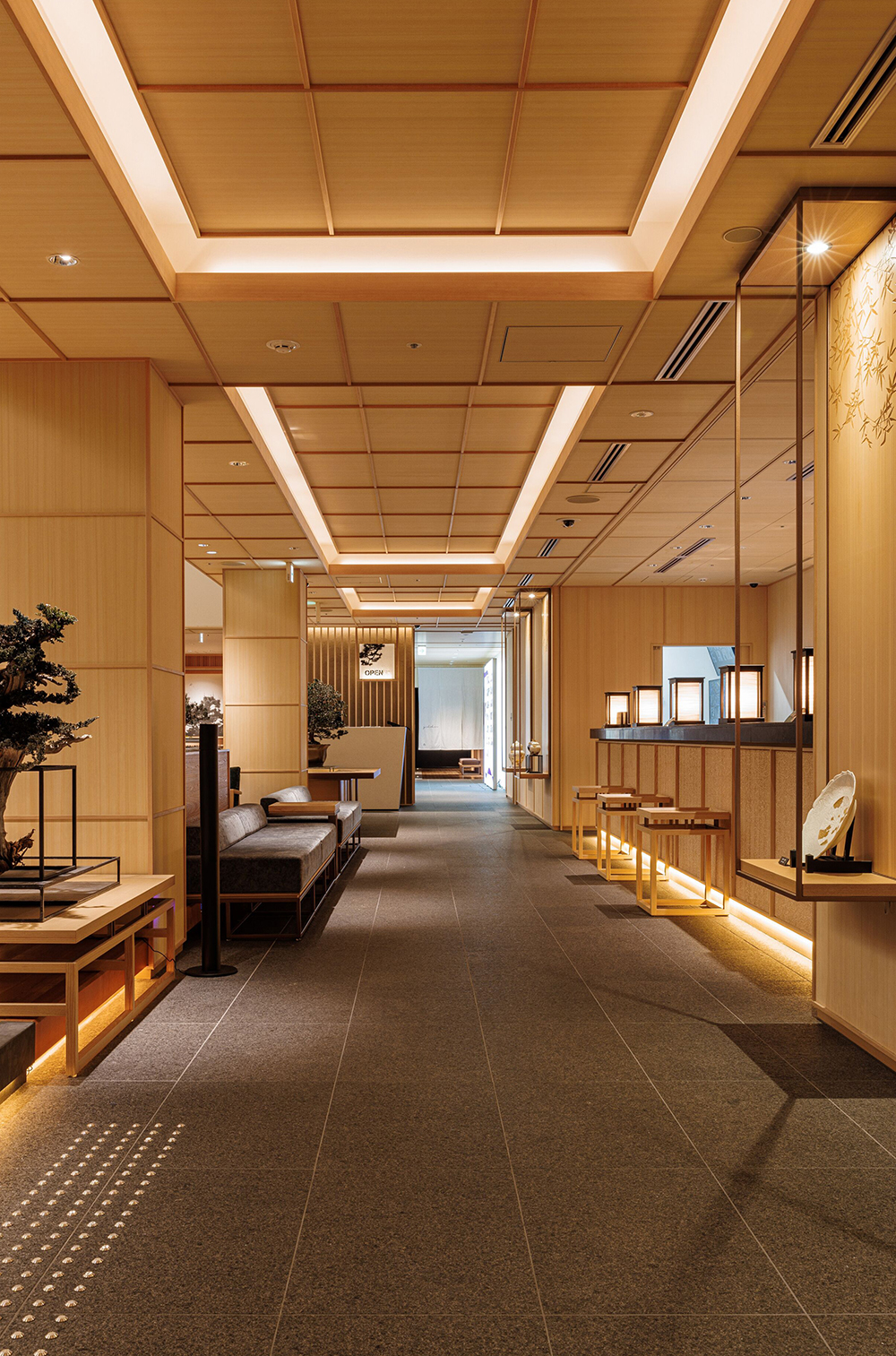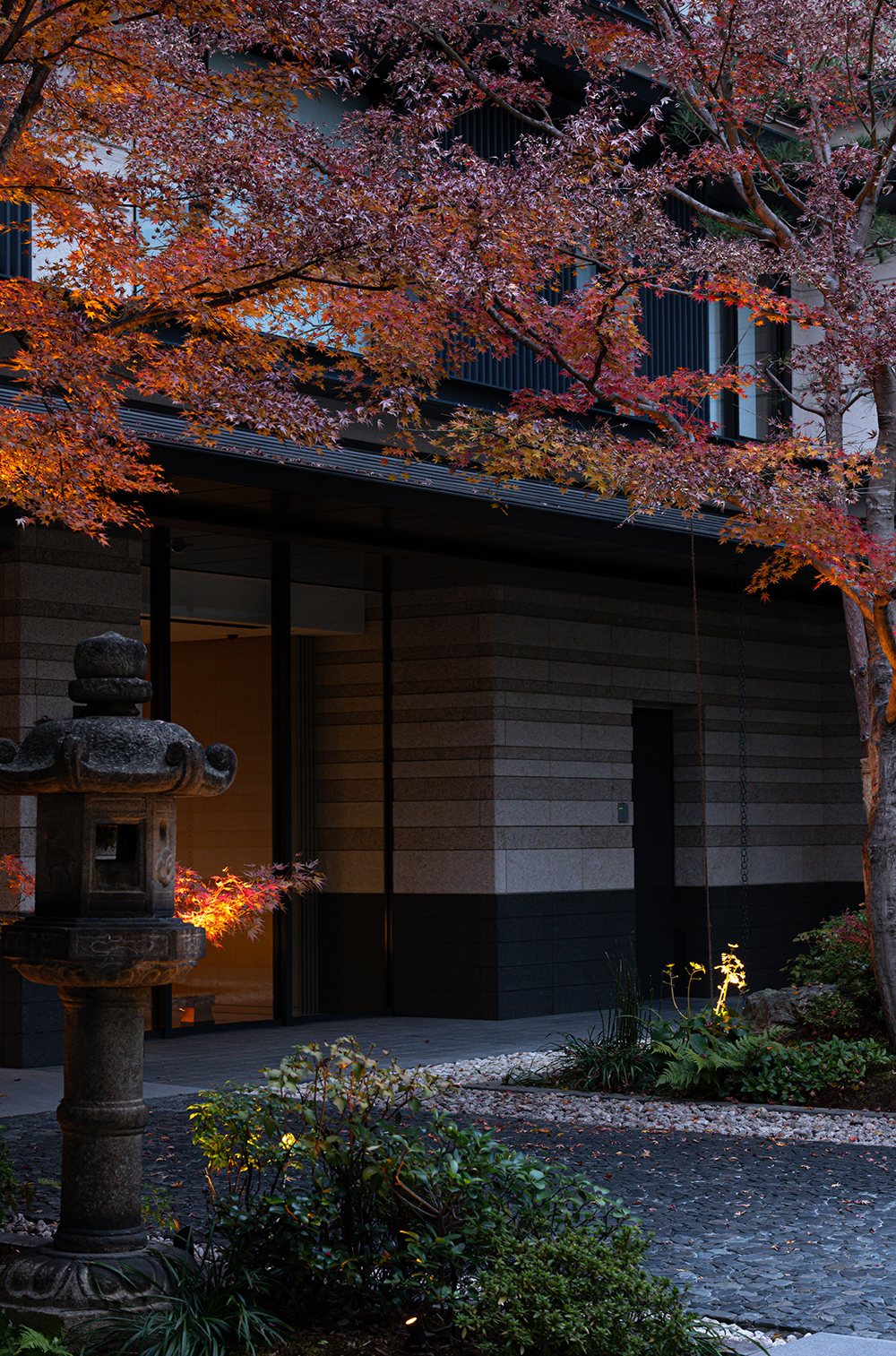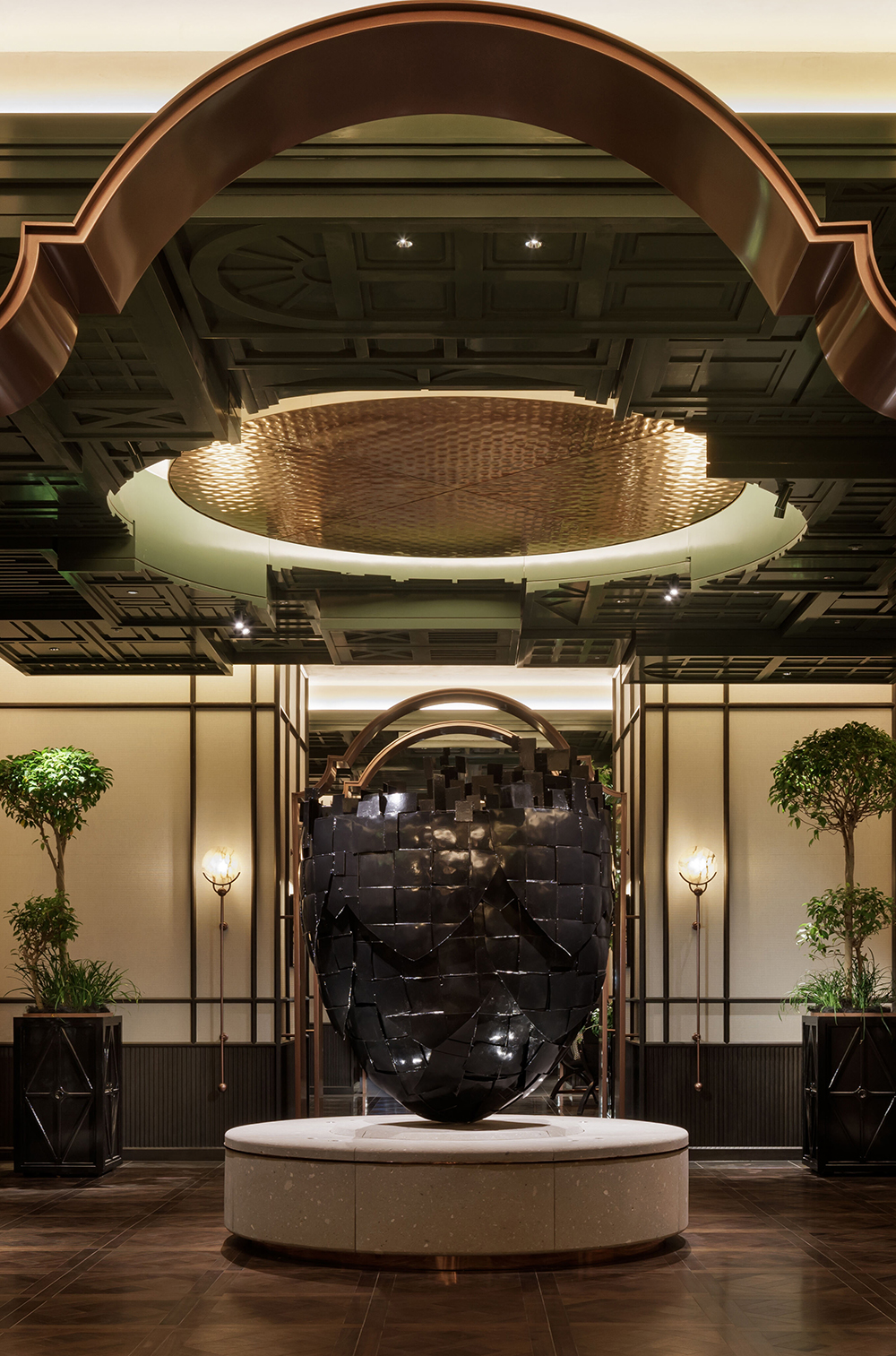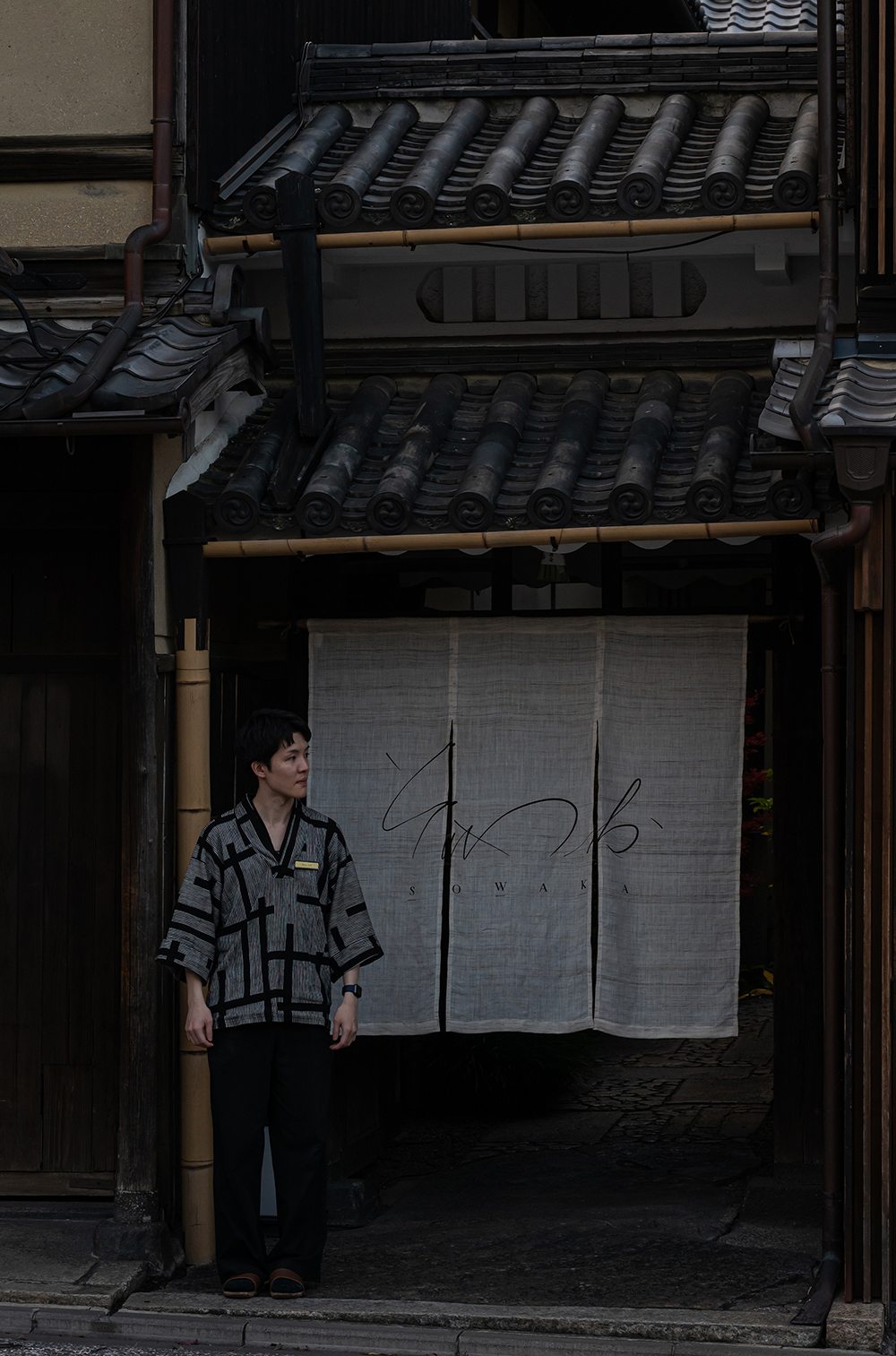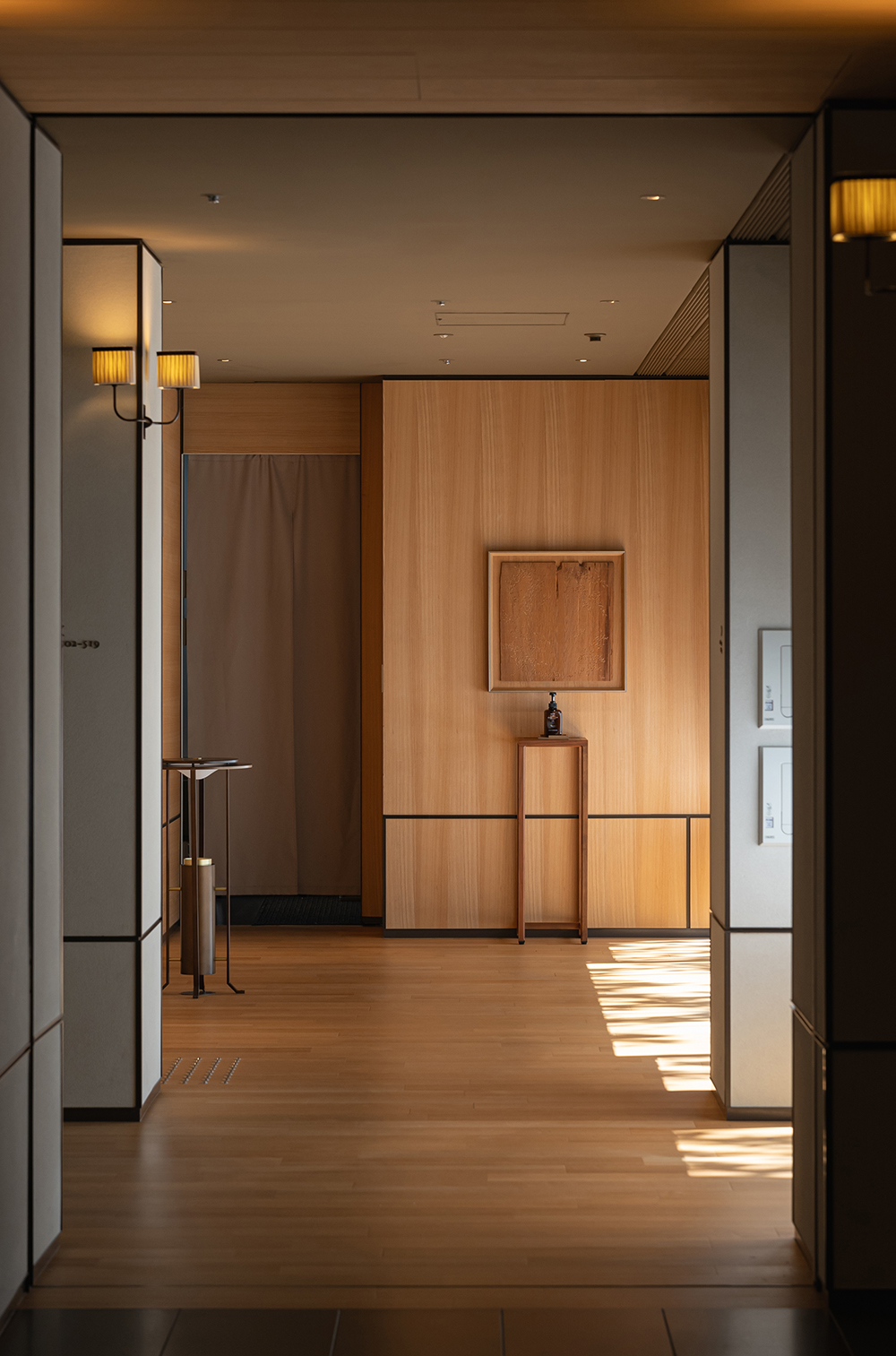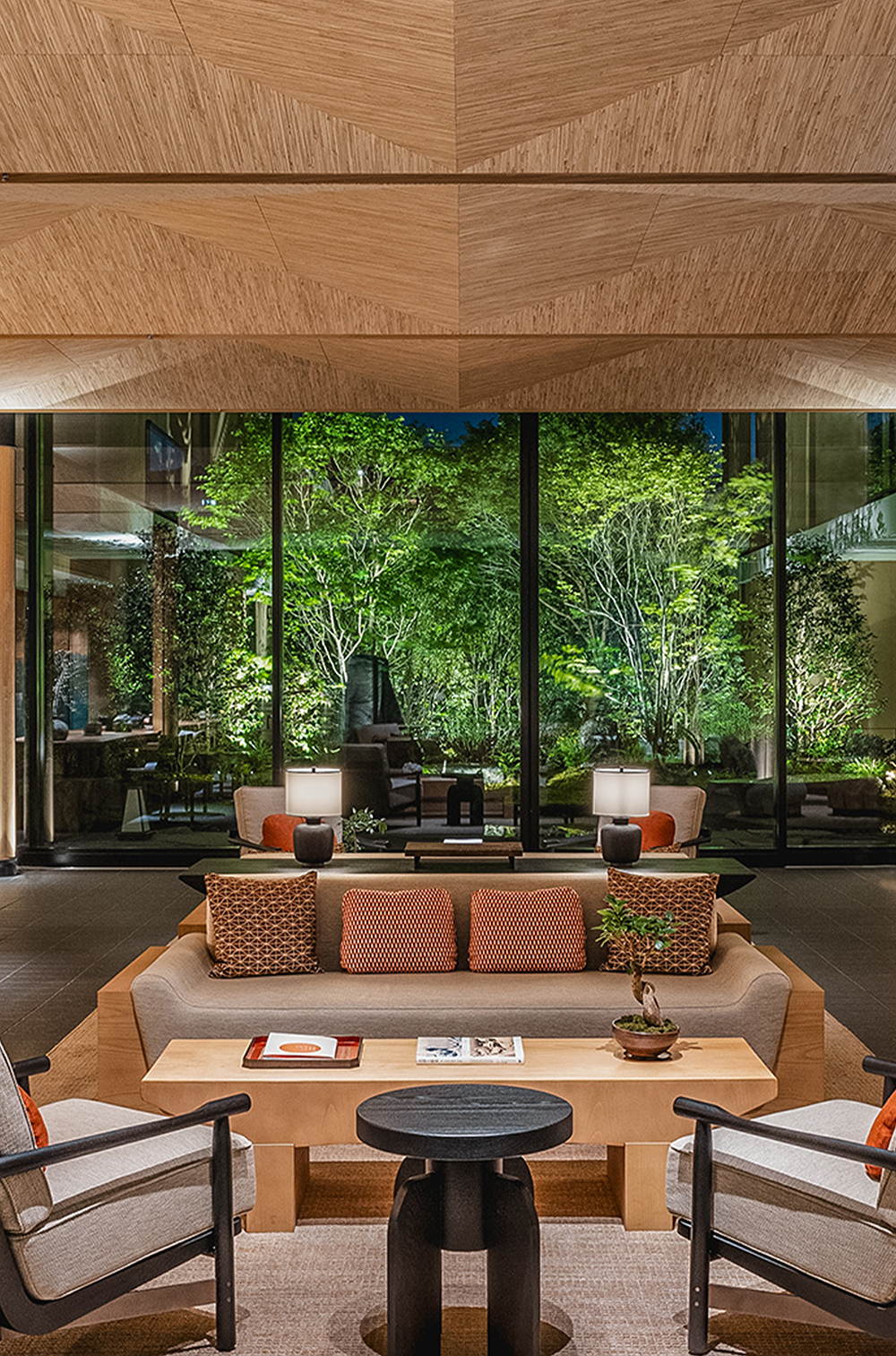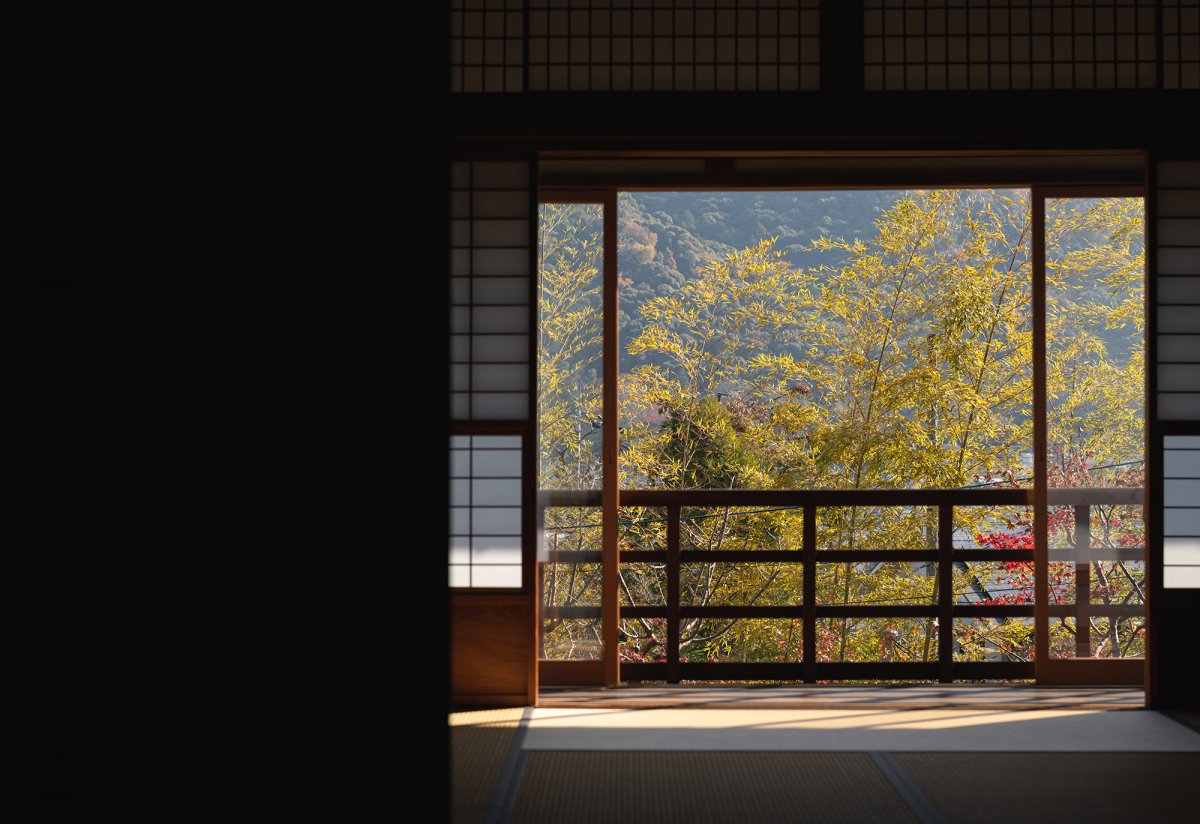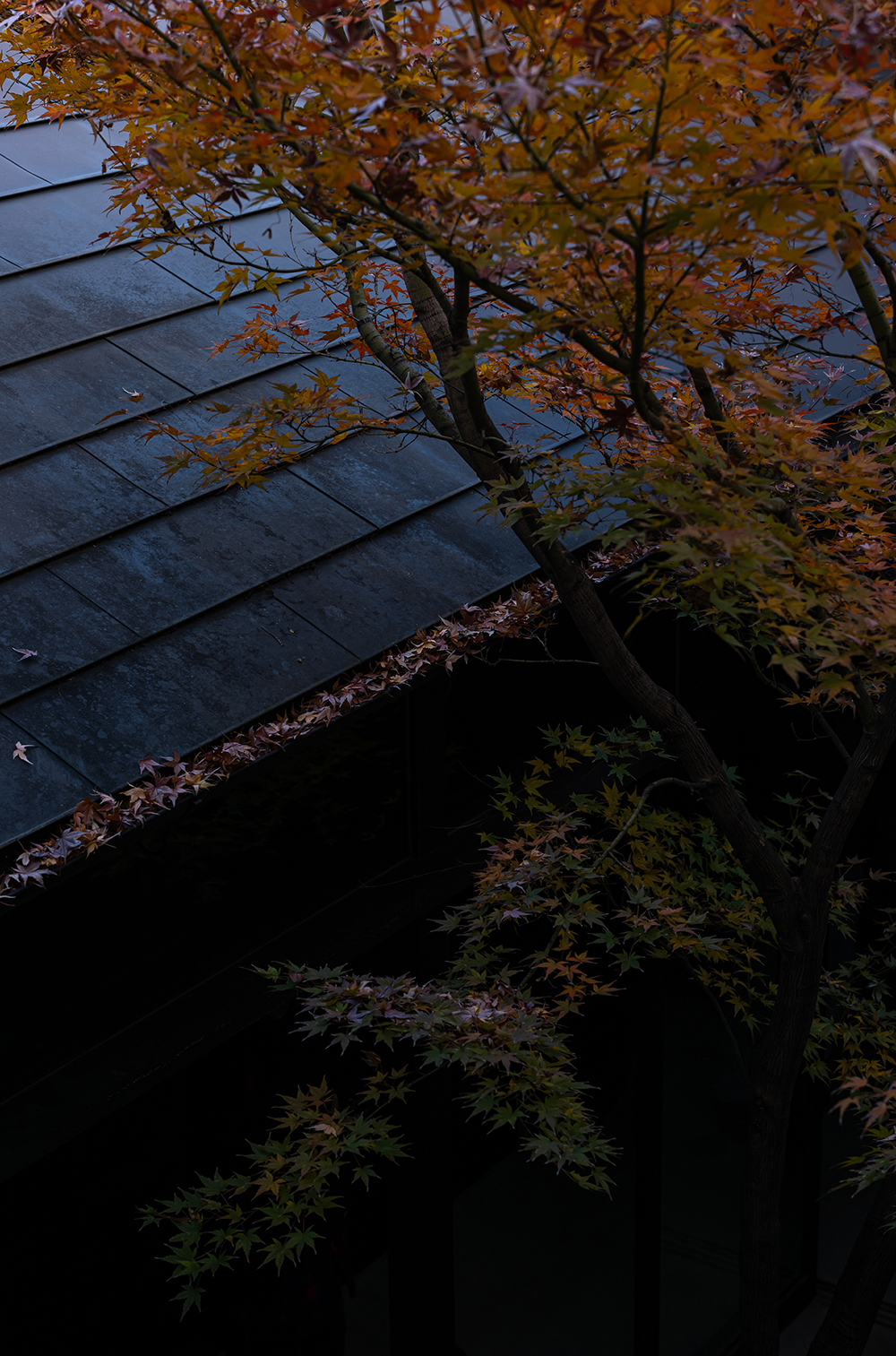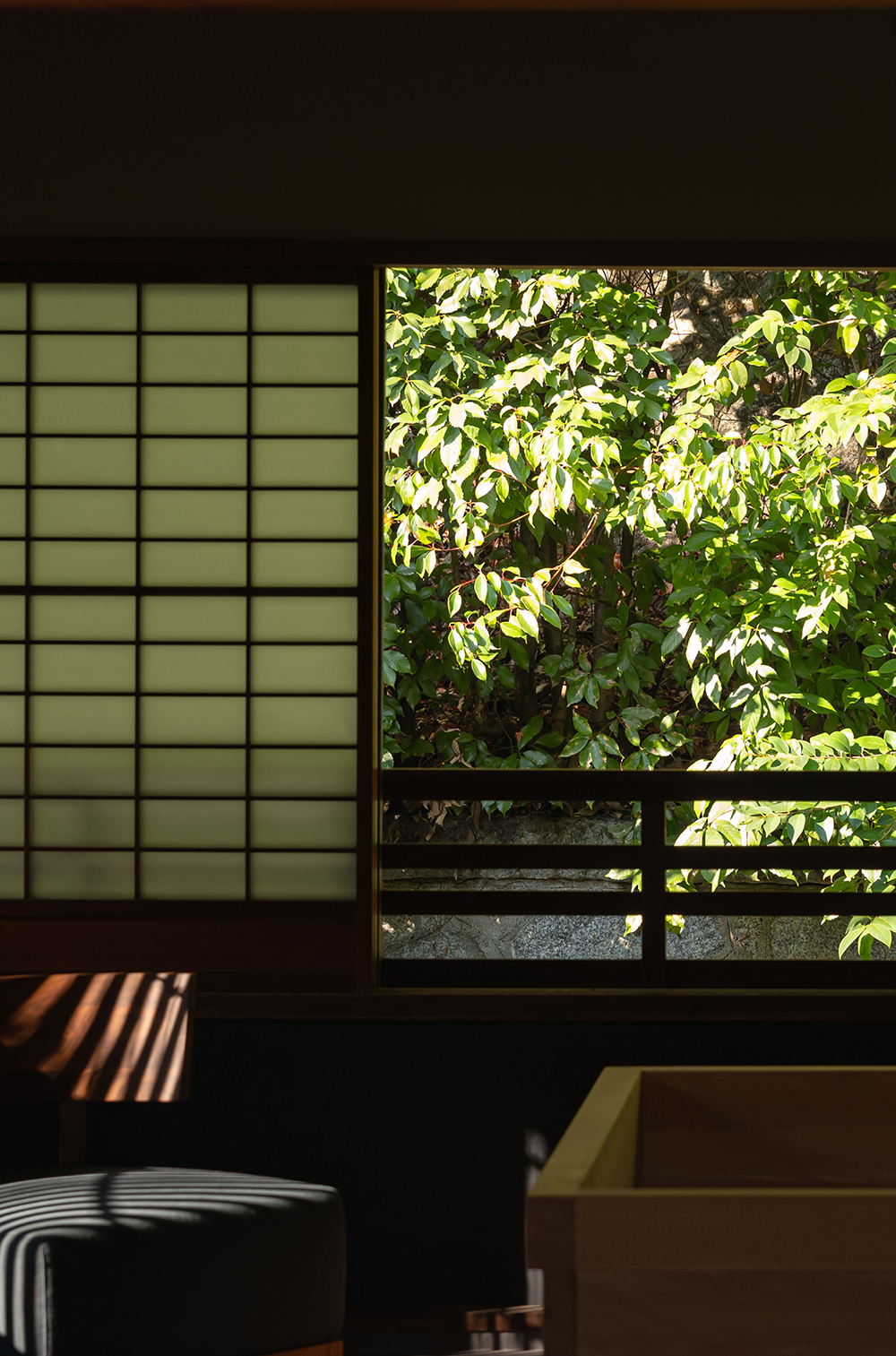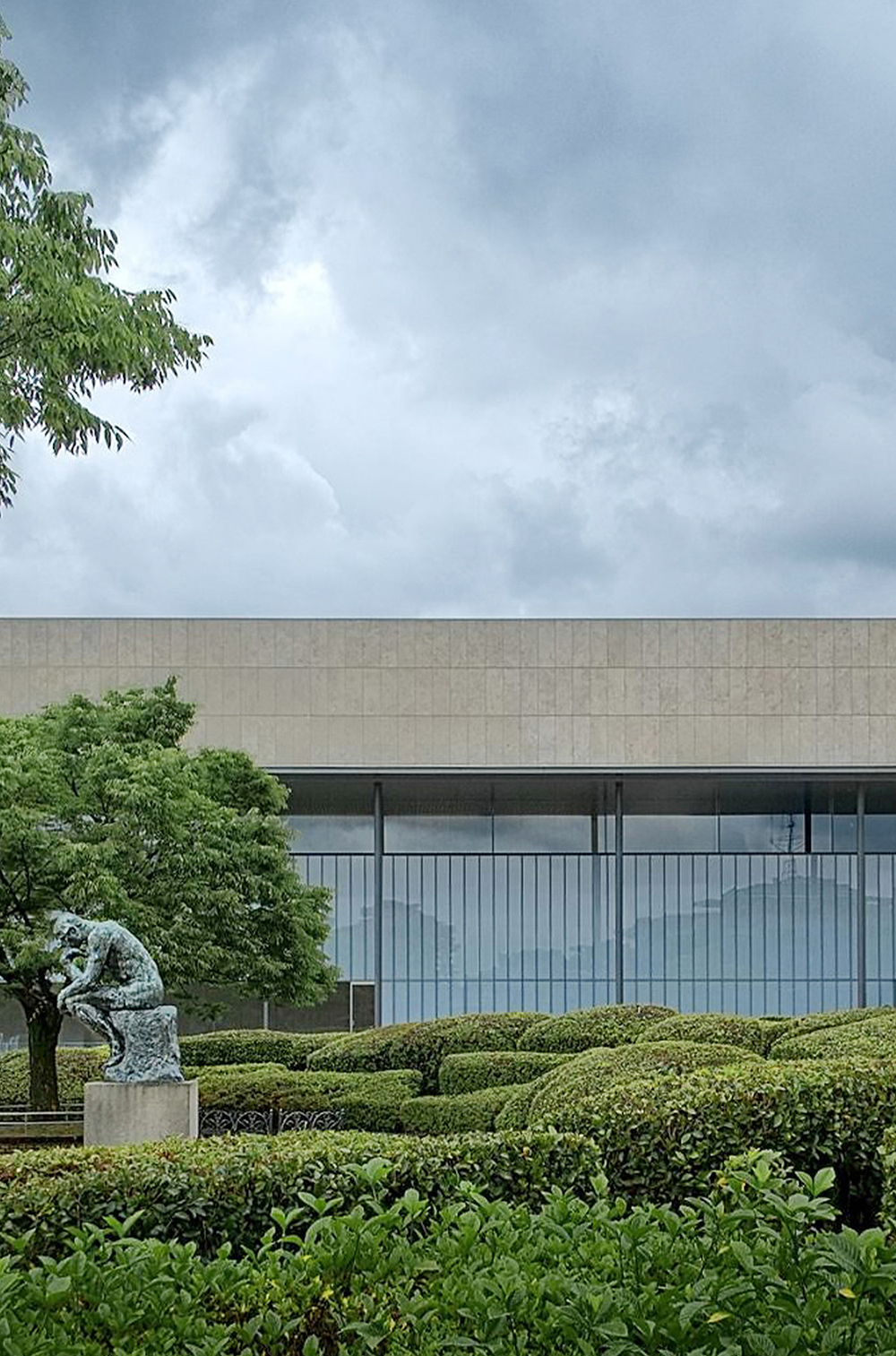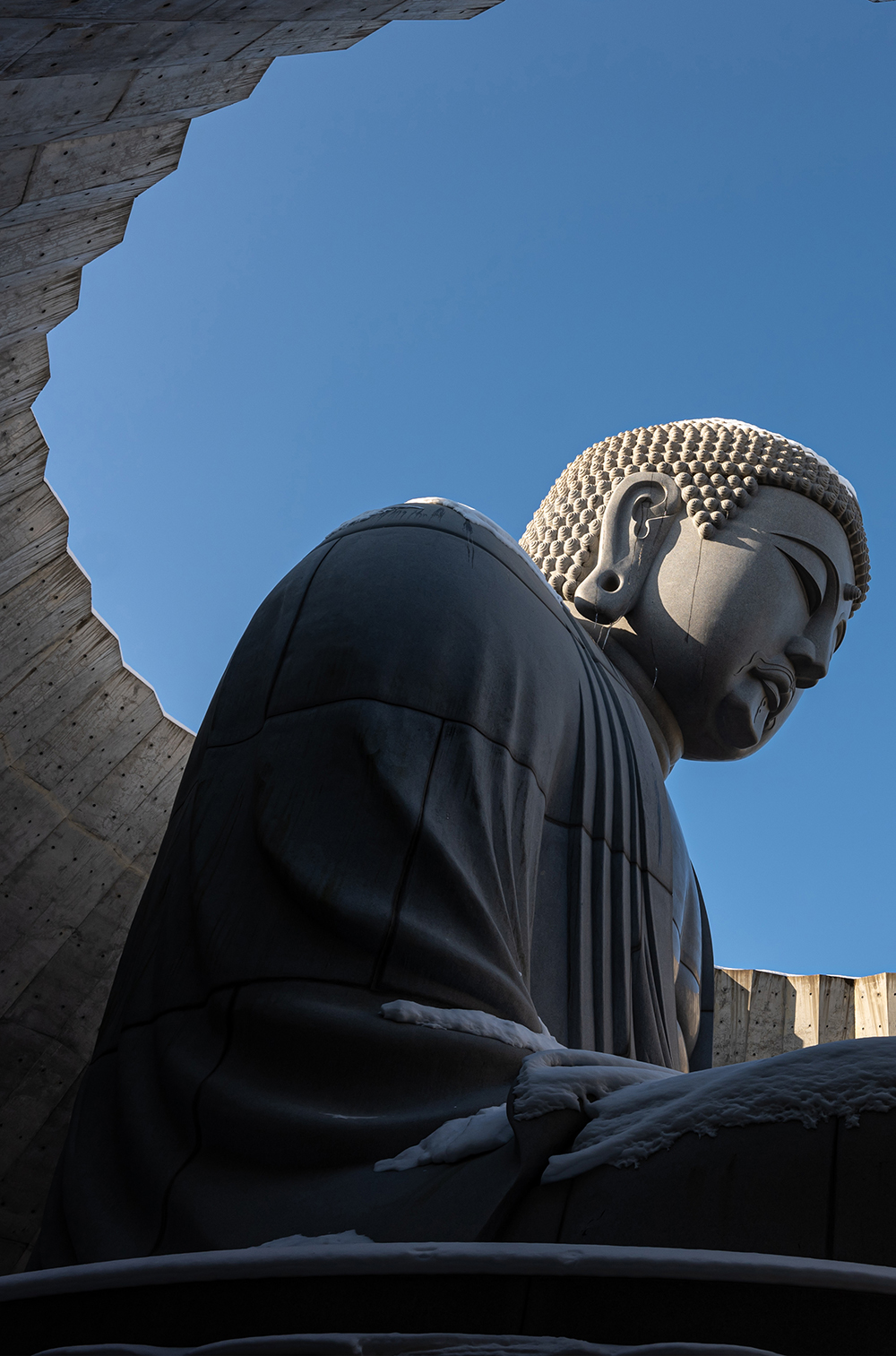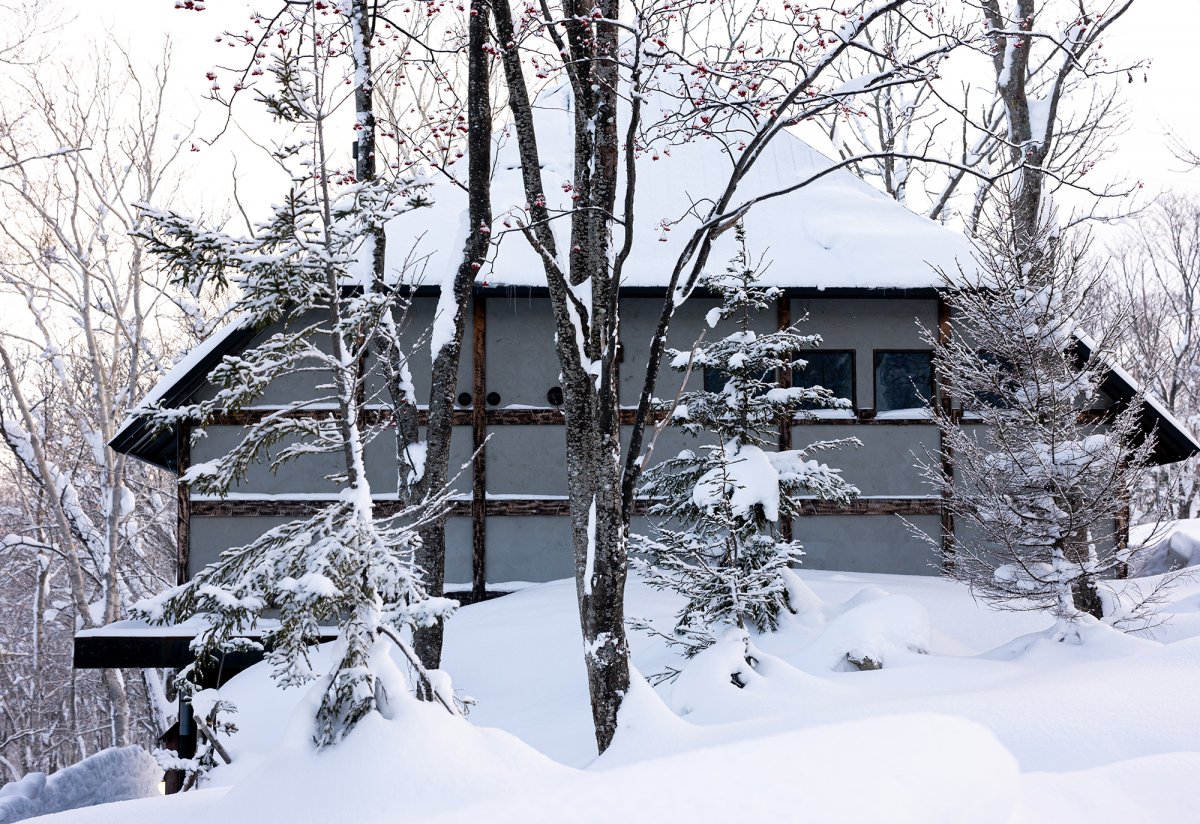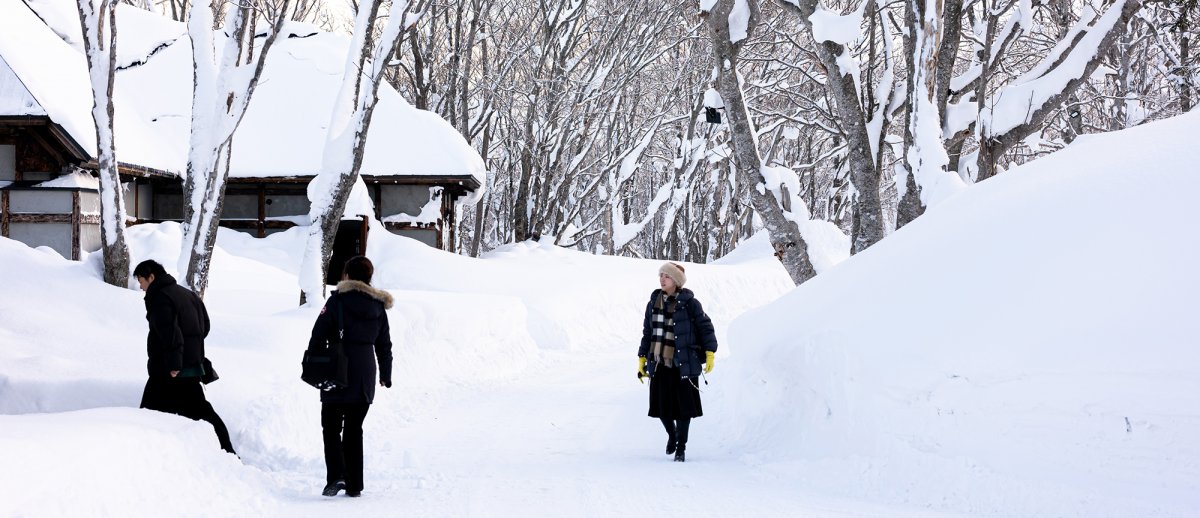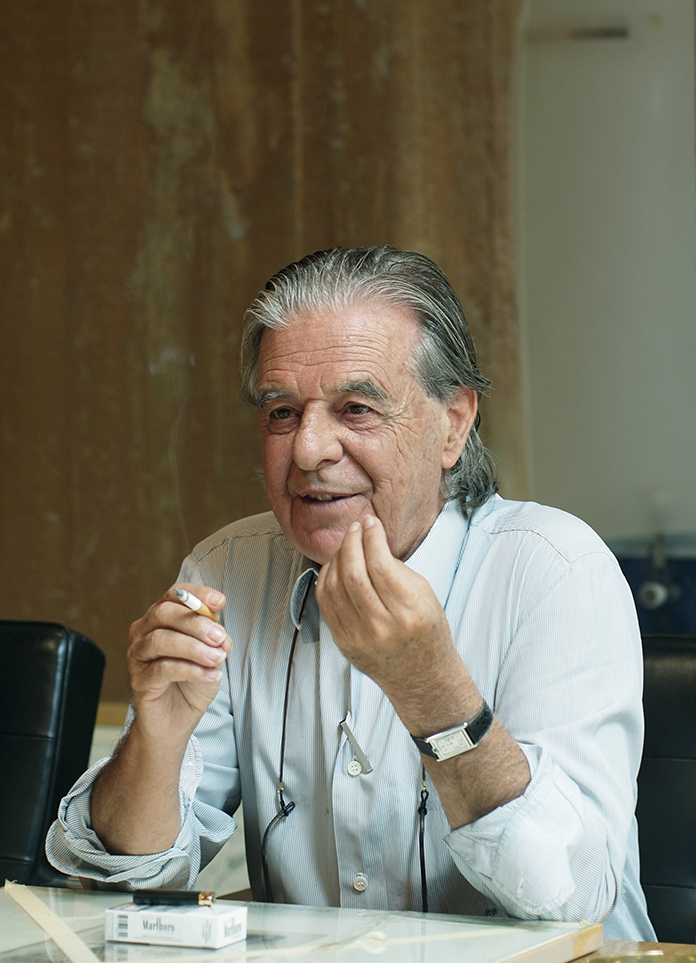- ARCHITECTURE
- Makoto Nakayama Architects
- Shigenori Uoya
- Tony Chi Studios
- Blink Design Group
- André Fu Studio
- ARTIST
- Shouya Grigg
- LANDSCAPE
- Ueyakato Landscape
- Creative
- Katagiri Atsunobu
- Tosei shinabe
The term "Wabi-Sabi" has a long history. Within it, "Wabi" often refers to a "state of harmonious tranquility," while "Sabi" signifies the "law of the progression of time." Combined, they describe a genuine yearning for natural philosophy and rustic aesthetics, evoked by a sense of the loneliness and vicissitudes of time. As "an aesthetic paradigm based on nature," "Wabi-Sabi" forms, to a certain extent, the foundation of the Japanese philosophical view of nature. It corresponds, adapts, and co-evolves with the concepts of "place" discussed in the previous two Japanese journey issues, attracting us to try and perceive the world around us through another form.
From December 14th to December 20th, a 7-day, 6-night itinerary, you can embark on a Japanese Wabi-Sabi Aesthetic Journey with YINJISPACE. Traveling from Kyoto to Hokkaido, we will engage in deep communication and exchange with fellow travelers from various backgrounds—artists & collectors, architects, garden masters, Zen monks, ikebana masters, and national treasure traditional craft masters—perhaps offering a glimpse into the aesthetic logic and social significance behind things.
Highlights of the Itinerary
① Spotlight on 7 Creative Minds: Artist & Collector Shouya Grigg, Architect Makoto Nakayama, Architect Shigeki Uotani Kyoto, Landscape Master Tomonori Kato, Head of Misasagi School of Ikebana Isao Katagiri, Japanese Zen Monk Tosho Hinabe, Chairman of HOSOO Co., Ltd. Masao Hosoo
② Stay at Shiguchi Gallery Villas: FU, KA, SUI, KU, CHI
③ Participate in 2 Art Experiences: "Contemporary Art and Traditional Ikebana" with Katagiri Atsunobu; "Zazen Meditation" with Tosei Shinabe.
④ Visit 3 Temples: Nanzen-ji Temple, Kennin-ji Temple, Tofuku-ji Temple
⑤ Visit 6 Classic Works: Kyoto Moyashi Machiya Private Residence, Yoshida Kaguraoka-cho Private Residence, Tairyu-sanso Villa, Kyoto National Museum, Head Great Buddha (at Makomanai Takino Cemetery)
